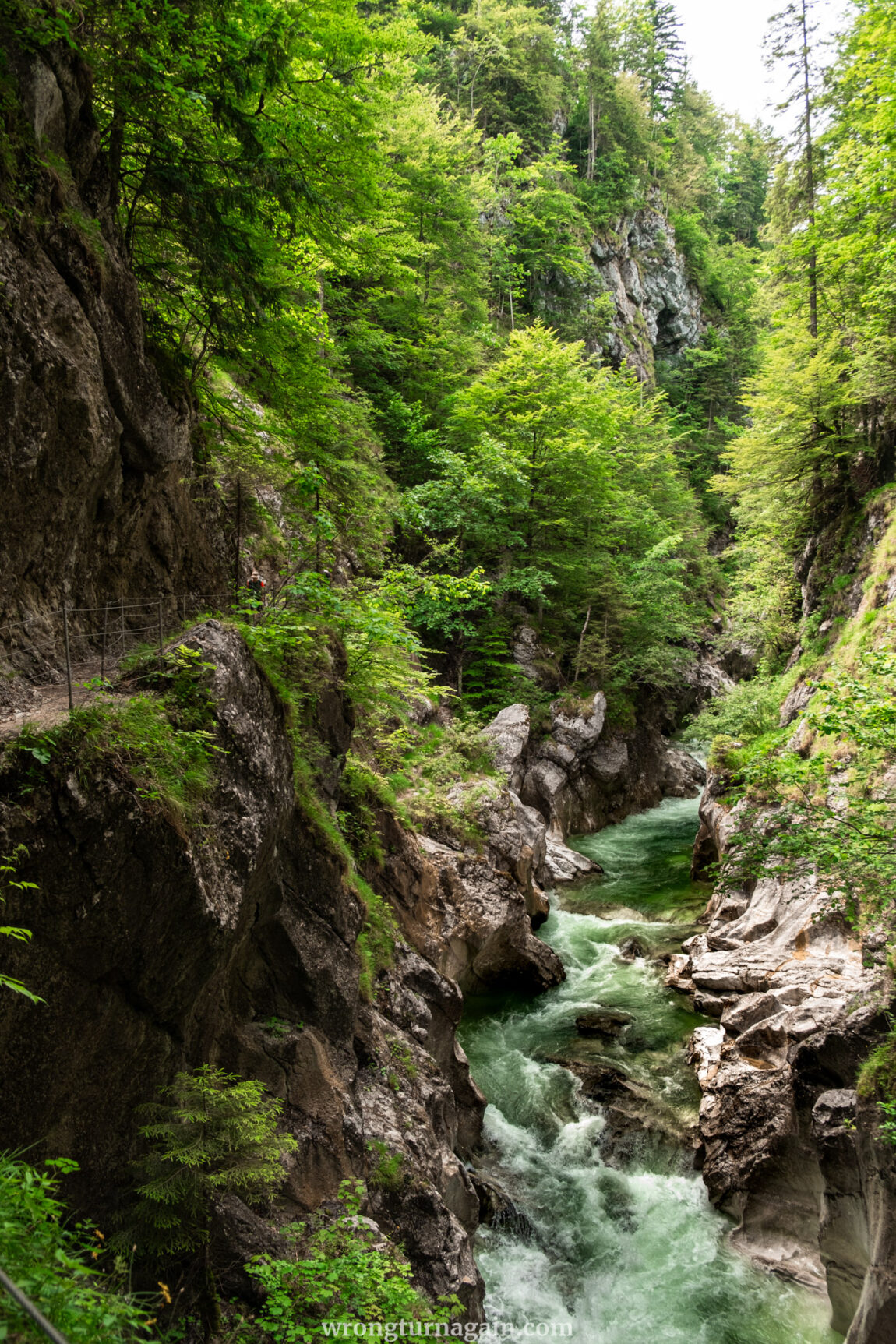
Discover the enchanting Kaiserklamm, a breathtaking gorge nestled in the Alpbachtal Region of Tyrol. Once integral to timber drifting and even frequented by emperors, today it offers a popular easy day-hike, especially favored on warm summer days.
Stroll along the narrow, rope-secured trail through the gorge to witness the river’s force and the mesmerizing hues of its water, or experience it firsthand by kayak! Afterward, unwind at the Kaiserhaus, a 500-year-old inn known for preparing the local delicacy, Prugeltorte. Here’s your ultimate guide to exploring the Kaiser Gorge!
About the Kaiser Gorge
The Kaiserklamm is a picturesque gorge nestled in the Brandenberg Alps in the Alpbachtal Region of Tyrol, Austria. Located near the village of Brandenberg, about 20 kilometers northeast of Kramsach and close to the Bavarian border, this gorge was carved over thousands of years by the erosive power of the Brandenberger Ache River, which gradually sculpted the limestone rock.
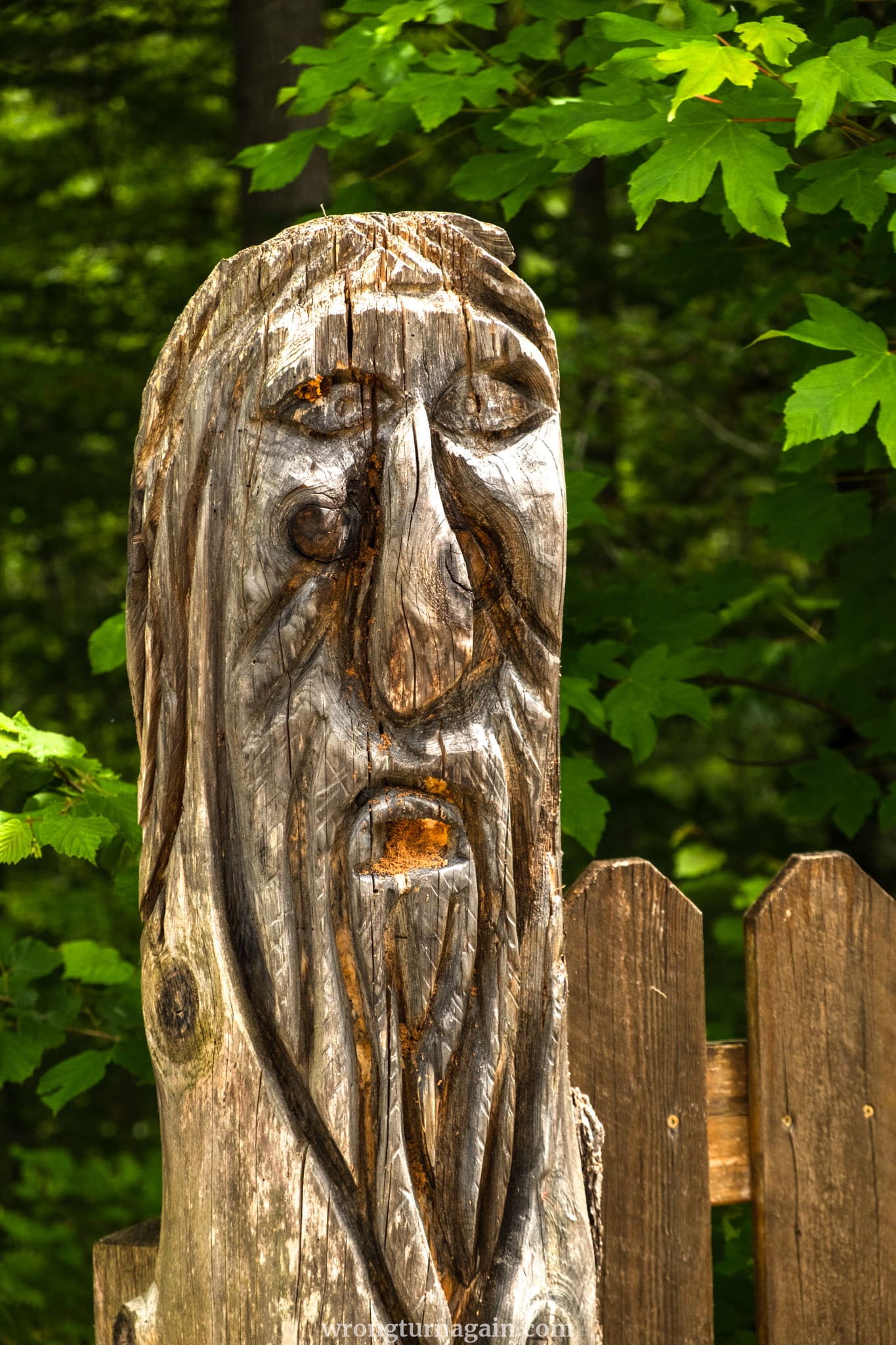
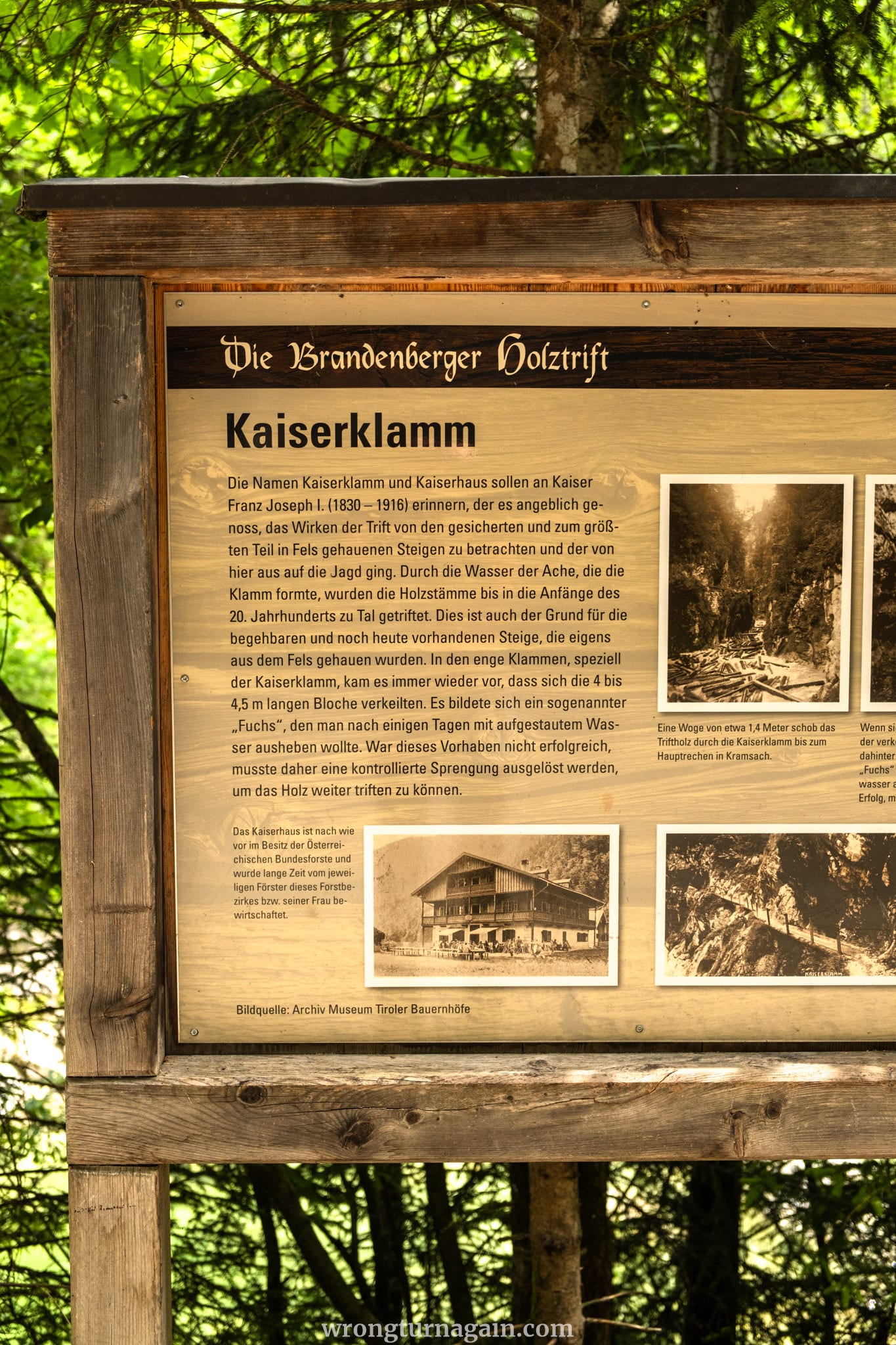
Log Driving
For centuries, timber drifting thrived in the region. Loggers leveraged natural waterways like narrow gorges and the fast-flowing Brandenberger Ache to transport logs from forested areas downstream to sawmills by floating them with the current.
In narrow gorges, particularly in the Kaiserklamm, logs measuring 4 to 4.5 meters often became stuck, causing “log jams.” To clear these, workers would release accumulated water after a few days. If this method failed, controlled explosions were used to free the logs and continue the timber drifting. These activities necessitated the creation of walkable paths, which were hewn out of the rock and still exist today.
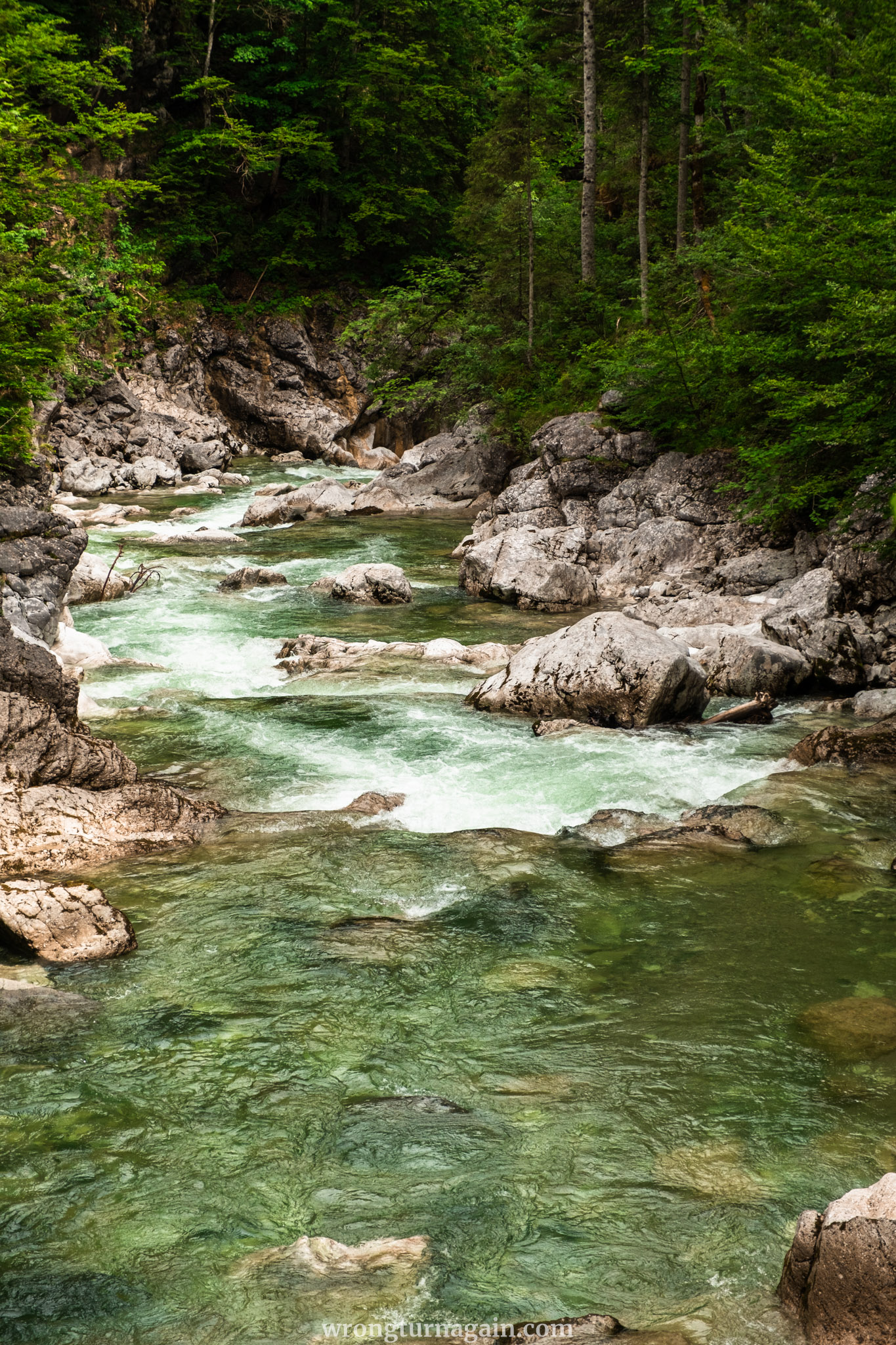


Did you know? This unique spectacle occurred dozens of times annually in Brandenberg, attracting numerous spectators including statesmen and emperors. Among them was Emperor Franz Joseph I, after whom the gorge is named: “Kaiser” means Emperor, and “Klamm” means Gorge, hence “Gorge of the Emperor”.
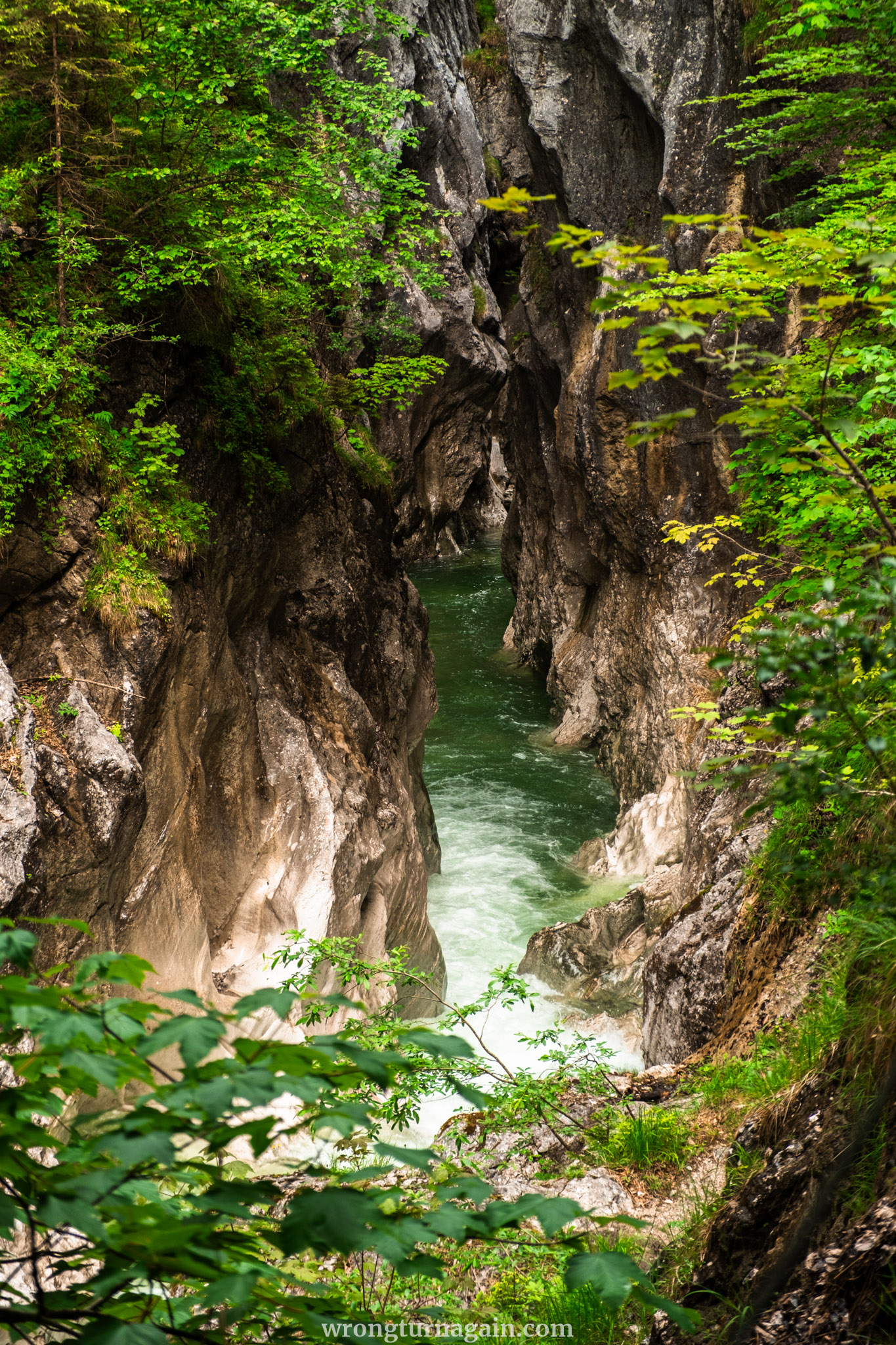
Things to do in Kaiserklamm
The highlight of your visit is undoubtedly the gorge itself. Follow the short 1km trail into the Kaiserklamm, where the landscape grows progressively rugged and diverse. The trail includes numerous bridges, rock archways, and tunnels, enhancing its allure. Cap off your hike at the historic Kaiserhaus inn, where you can savor the local Prugeltorte and possibly witness a demonstration of its preparation!

Entry to the gorge is free of charge!
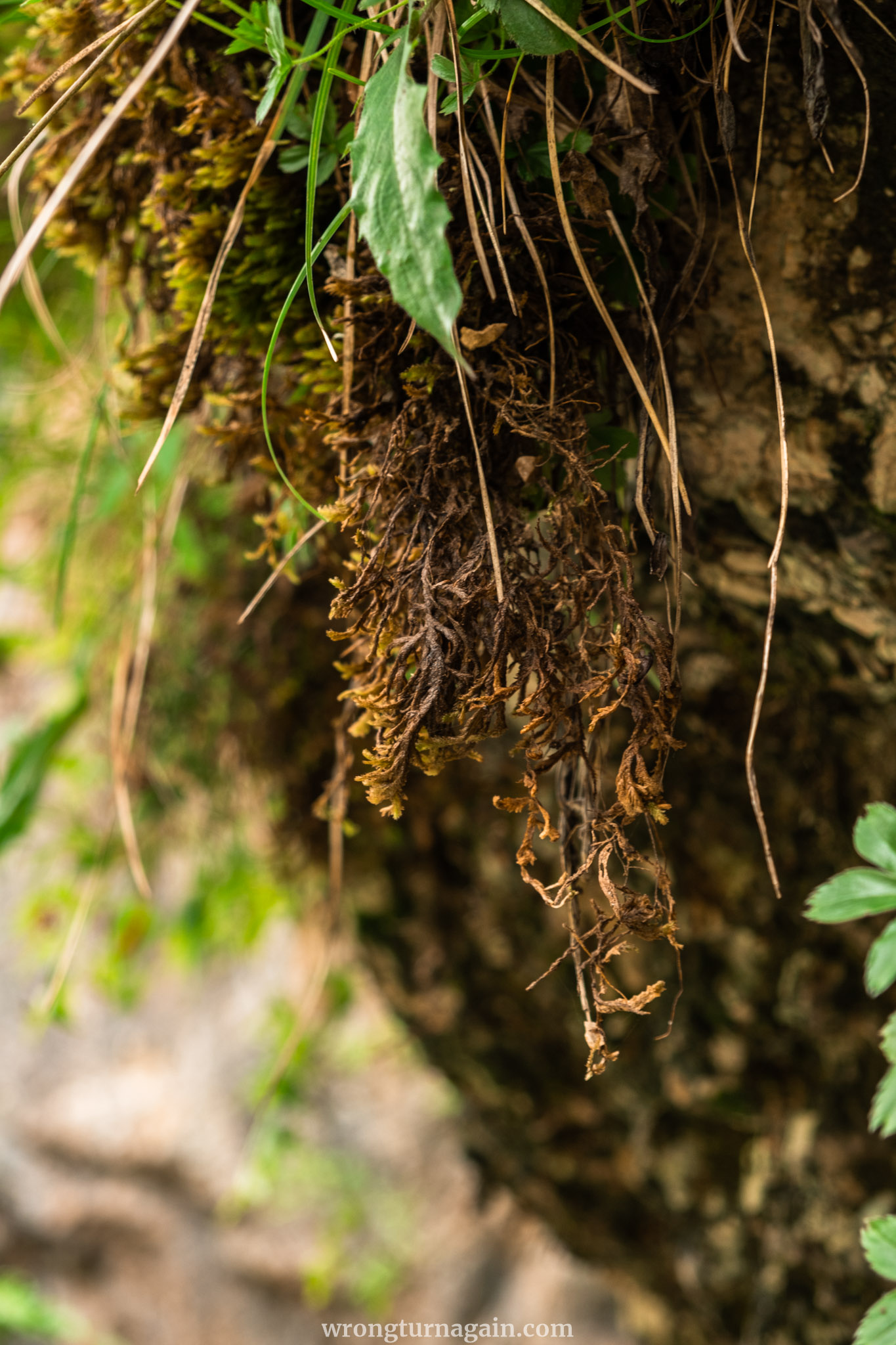
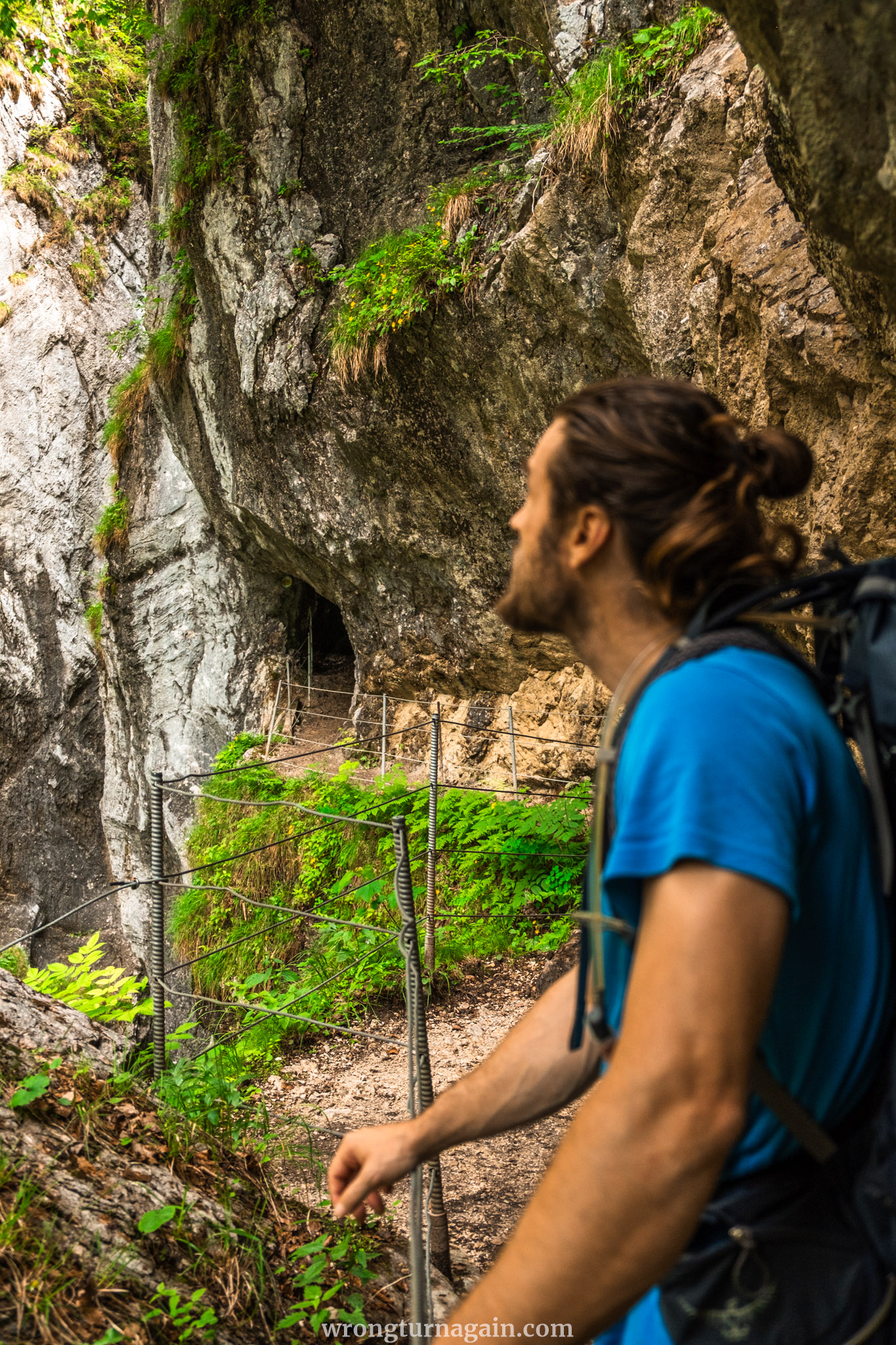
Since the gorge hike is relatively short, we’ve included options below to extend your adventure, such as starting from the hamlet of Pinegg or detouring to the Erzherzog Johann Splash Dam. Another option is to return via a forest path renowned as a hotspot for lepidopterans, with 824 butterfly species fluttering over meadows and unimproved grasslands.
Adventure Tip: Seeking more action? The gorge offers thrilling opportunities for kayakers and whitewater sports enthusiasts! Contact Sport Ossi in Kramsach for more information.

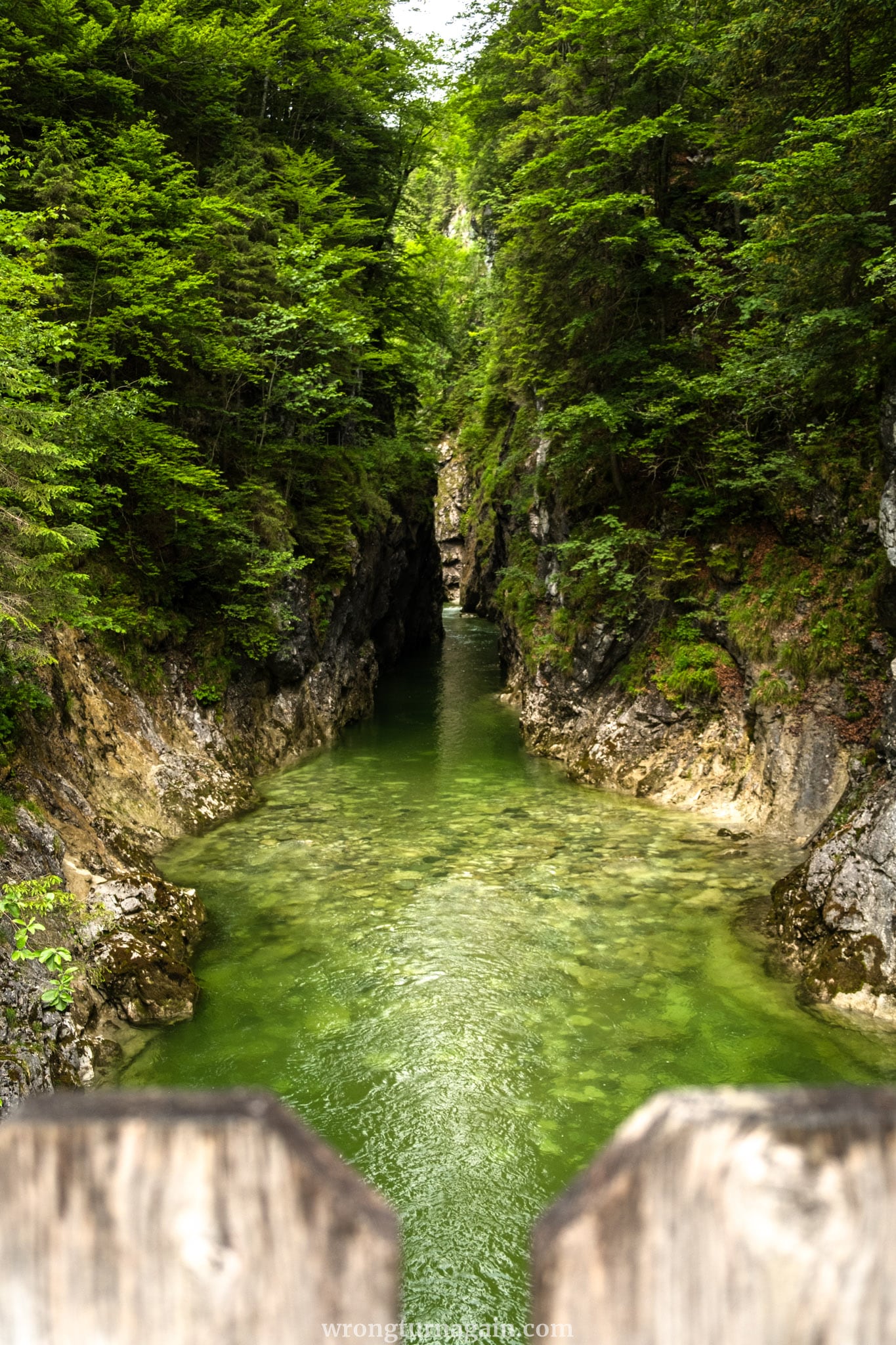
Getting to the Trailhead
To access the trail, you first need to travel to the village of Kramsach, then proceed northward past Brandenberg. The trailhead is about 300 meters from the Kaiserhaus bus stop along a forest path or around 200 meters from the Kaiserklamm Parking Lot. For those looking to extend their hike, a 50-minute trail from Pinegg also leads to the starting point of your hike.

Tip: The road to Kaiserklamm passes by the trailhead of the Tiefenbachklamm. If you have time, consider visiting this spectacular gorge as well on your way back!
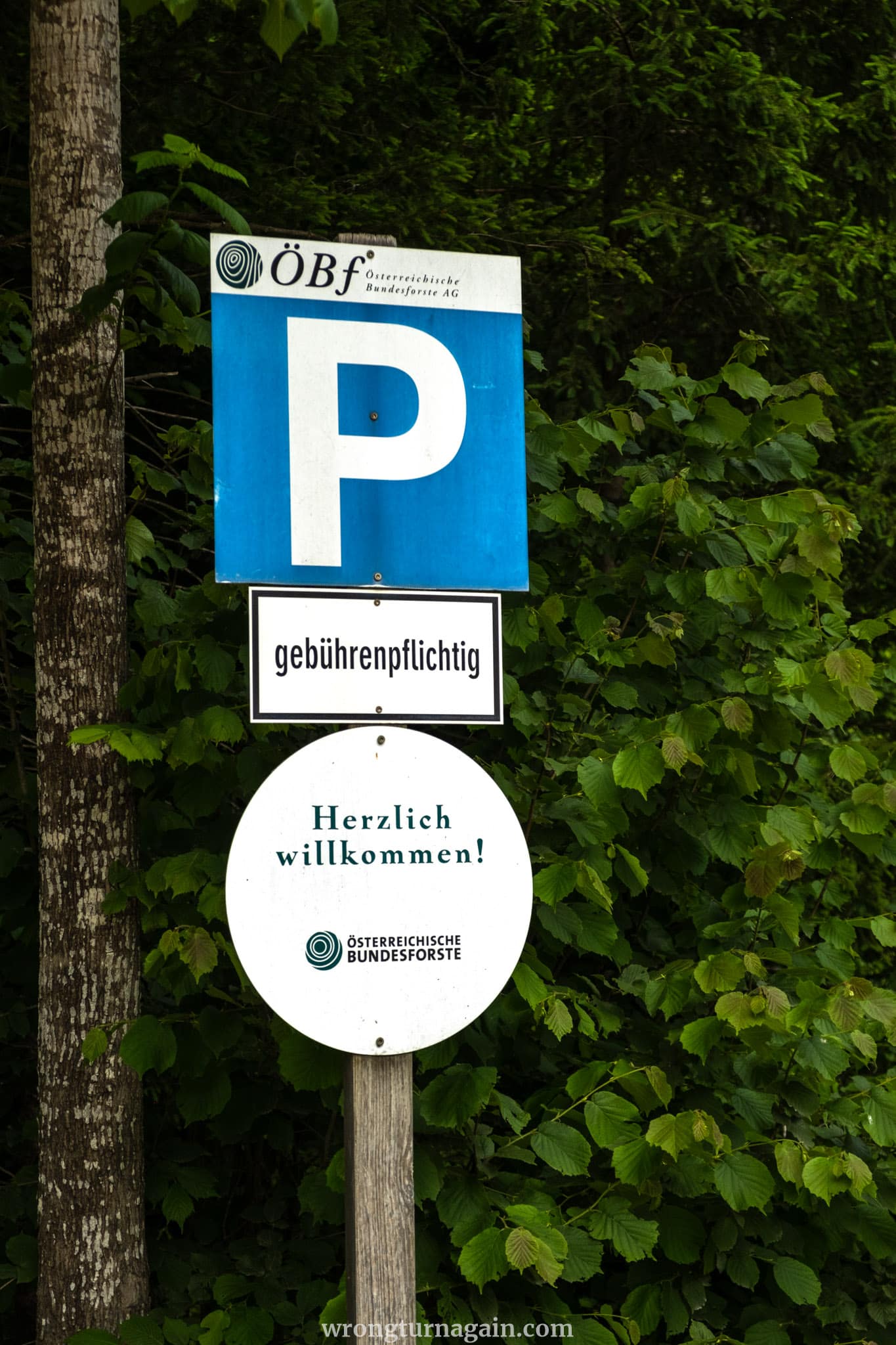
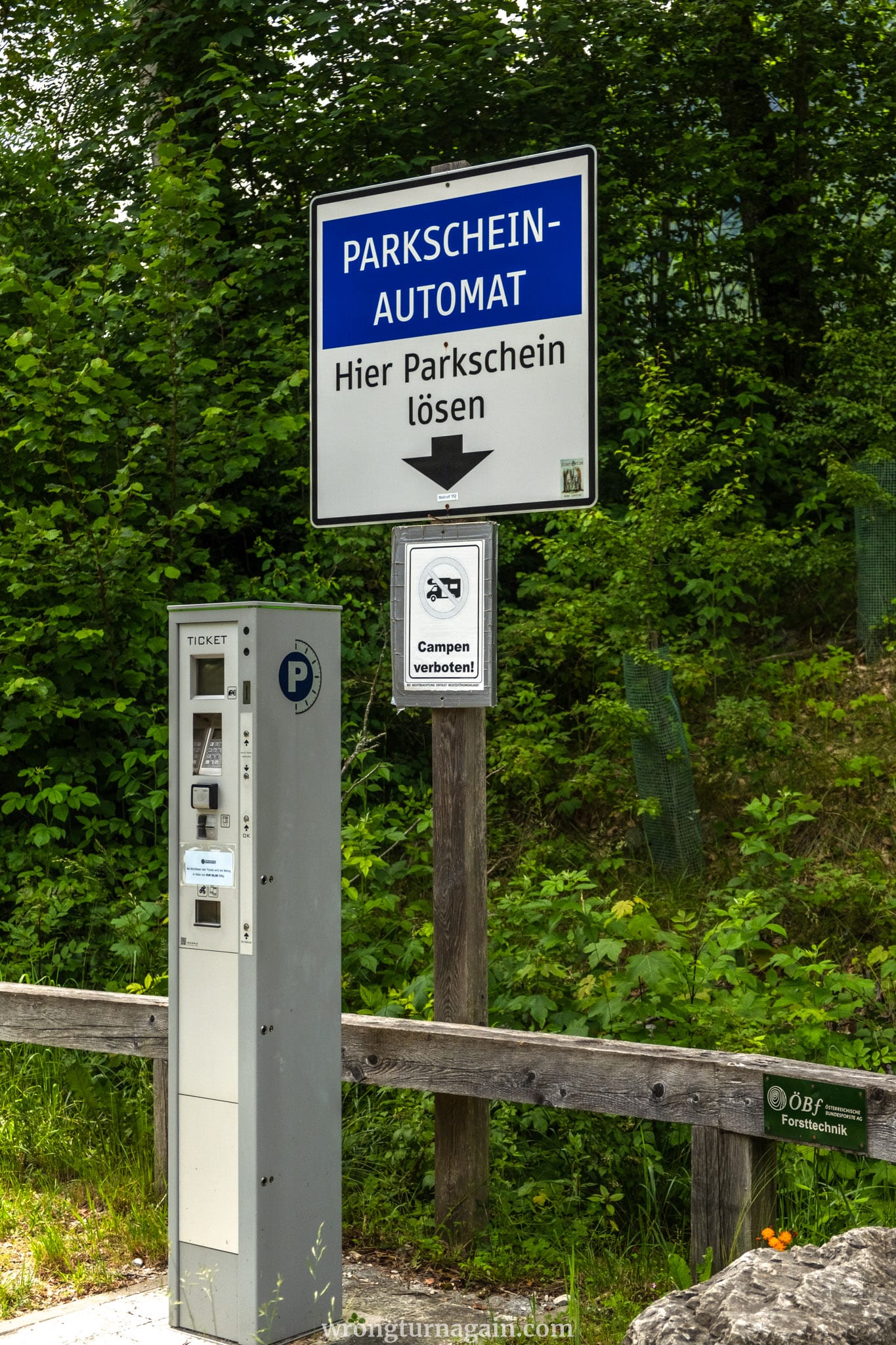
By Car
Drive to the village of Kramsach via the A12 motorway (Inntal Autobahn) and take the exit for Kramsach. Note that a Vignette is required for motorway travel. From the village, continue north on the main road for approximately 15km. The road, albeit short, is narrow and frequented by cyclists, so the journey may take between 20 to 30 minutes.
Park at the Kaiserklamm Parkplatz, located approximately 100 meters past the Kaiserhaus. From the parking lot, a 200-meter forest path to your right leads to the gorge entrance.

The parking fee is €3.00 for up to 6 hours and €5.00 for the whole day. Payment can be made at the ticket machine using cash or card.
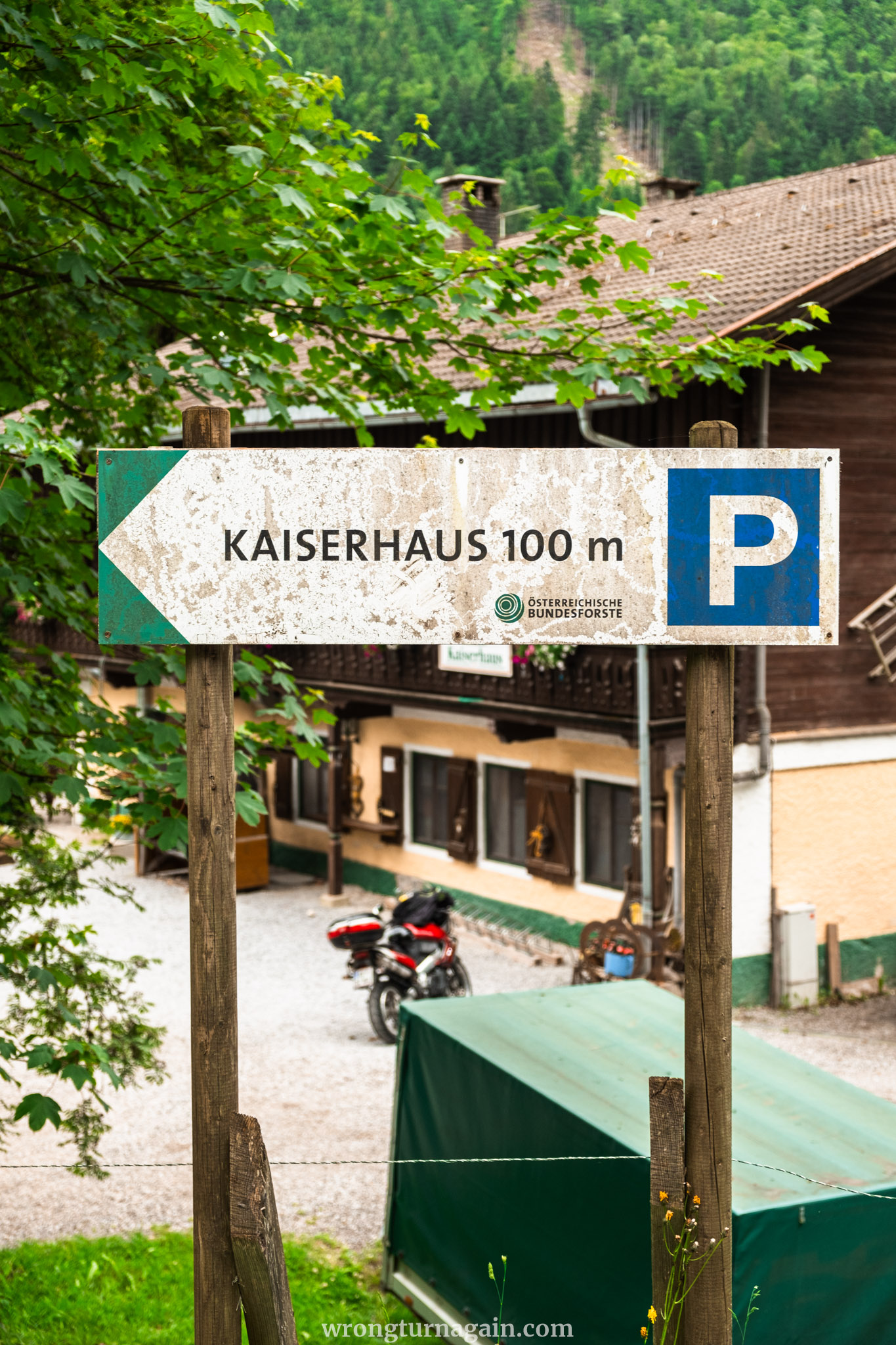
By Bus to Kaiserhaus
If you’re traveling by public transport, your journey starts at Brixlegg train station. From there, catch Bus 610 or Bus 611 heading towards Kramsach and Brandenberg. Note that these buses operate directly to the Kaiserhaus stop only during the Kaiser Gorge’s open season (May to October), with limited connections available. Once you disembark, follow the forest path for 300 meters to reach the trailhead, passing the parking area on your right.

Tickets: Book your tickets here with the destination set to Kaiserhaus (Brandenberg, Tirol). Guests staying in Alpbachtal enjoy free bus travel.
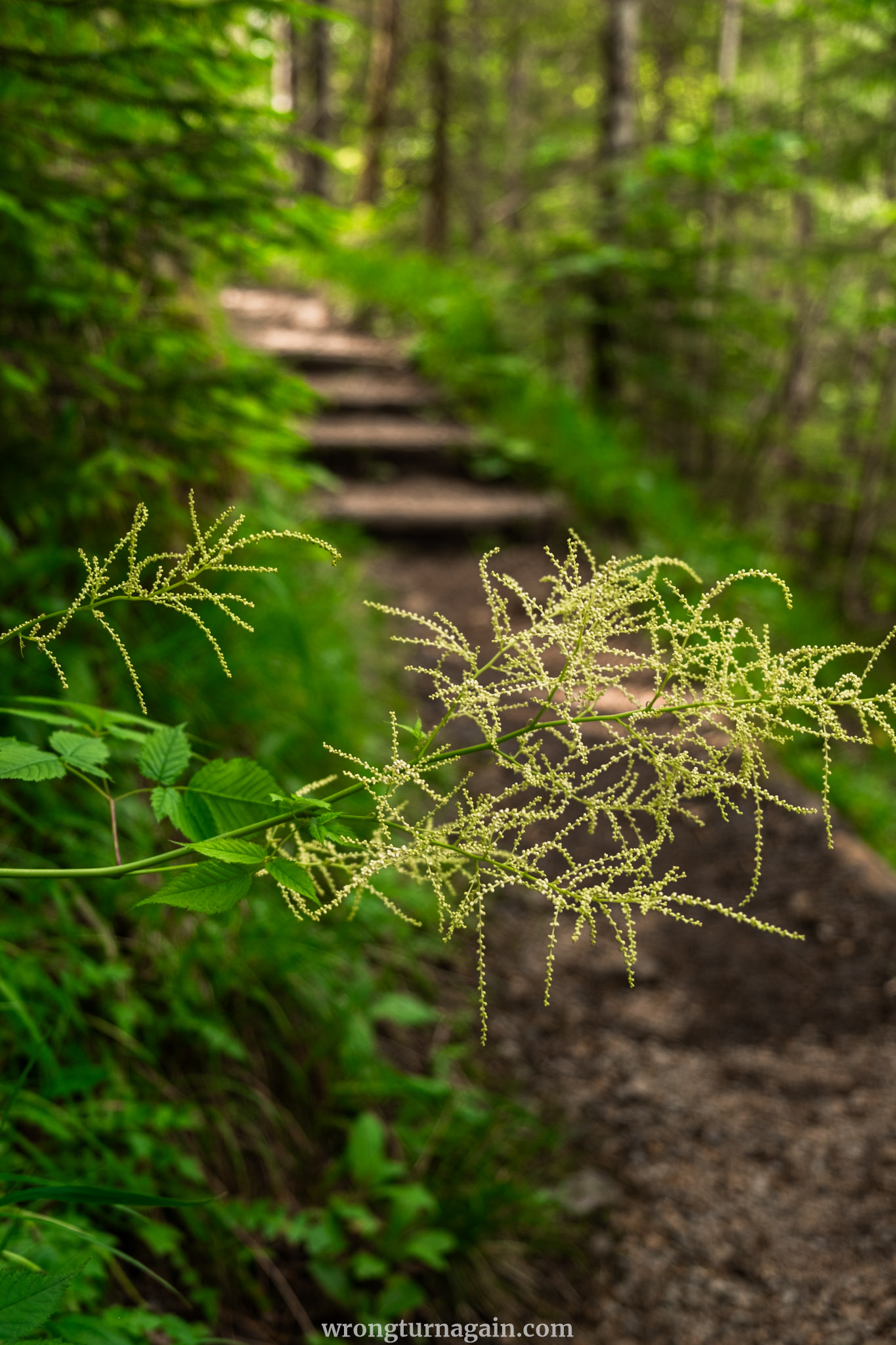
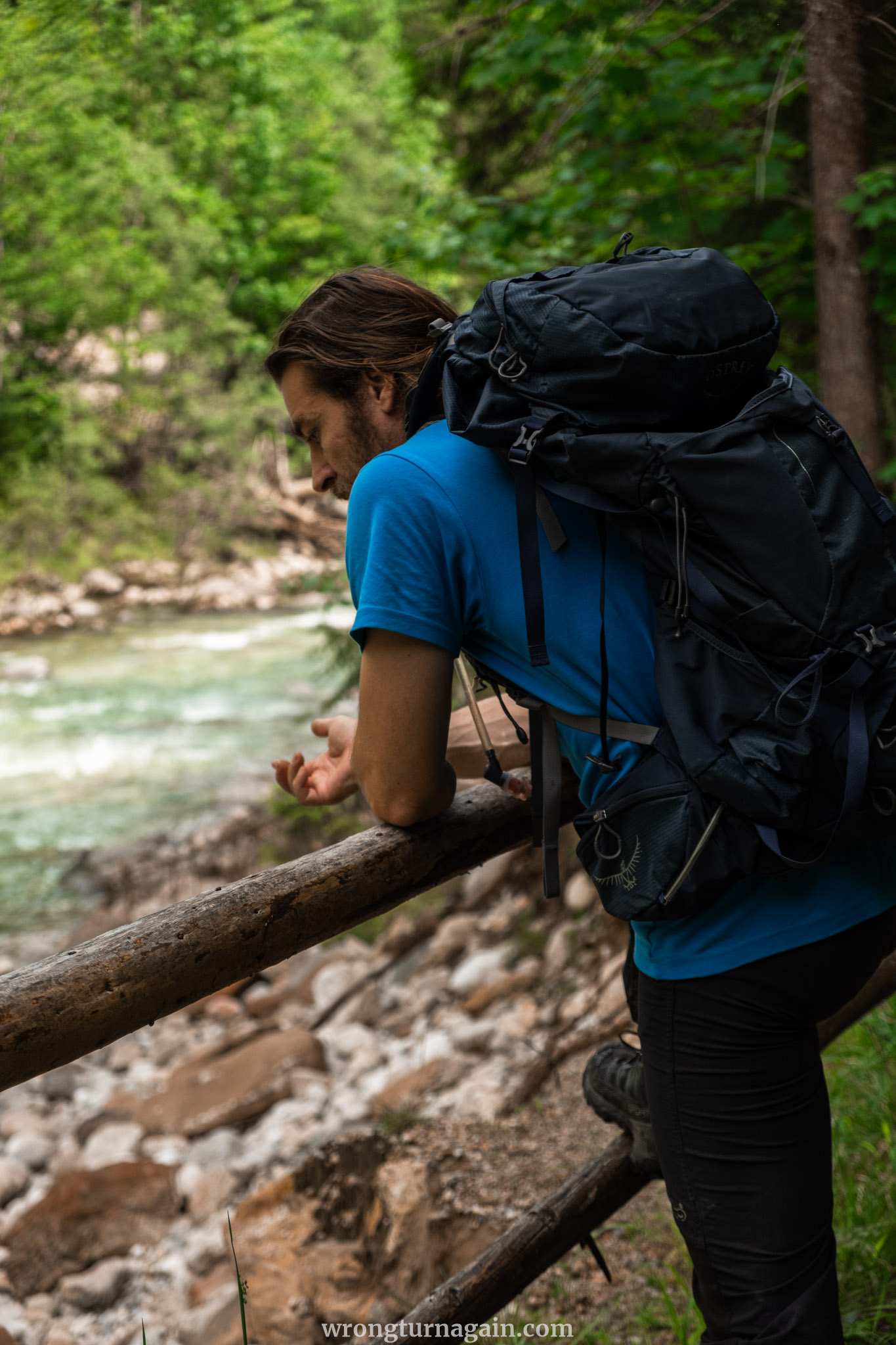
By Bus to Pinegg
If Bus 610 or Bus 611 doesn’t go all the way to Kaiserhaus during your visit—or if you’re looking to extend your hike—alight at the Brandenberg Pinegg stop. Directly at the bus stop, signs will guide you towards Kaiserhaus and Kaiserklamm, but following this route takes you along a tarmacked road.
Instead, backtrack about 100 meters along the bus route, crossing the river in Pinegg, and immediately take the path on the left following the river upstream. The first 300 meters involve a slight incline (about 40 meters), after which the path becomes mostly flat, winding through meadows and woods along the riverbank with several spots to rest.

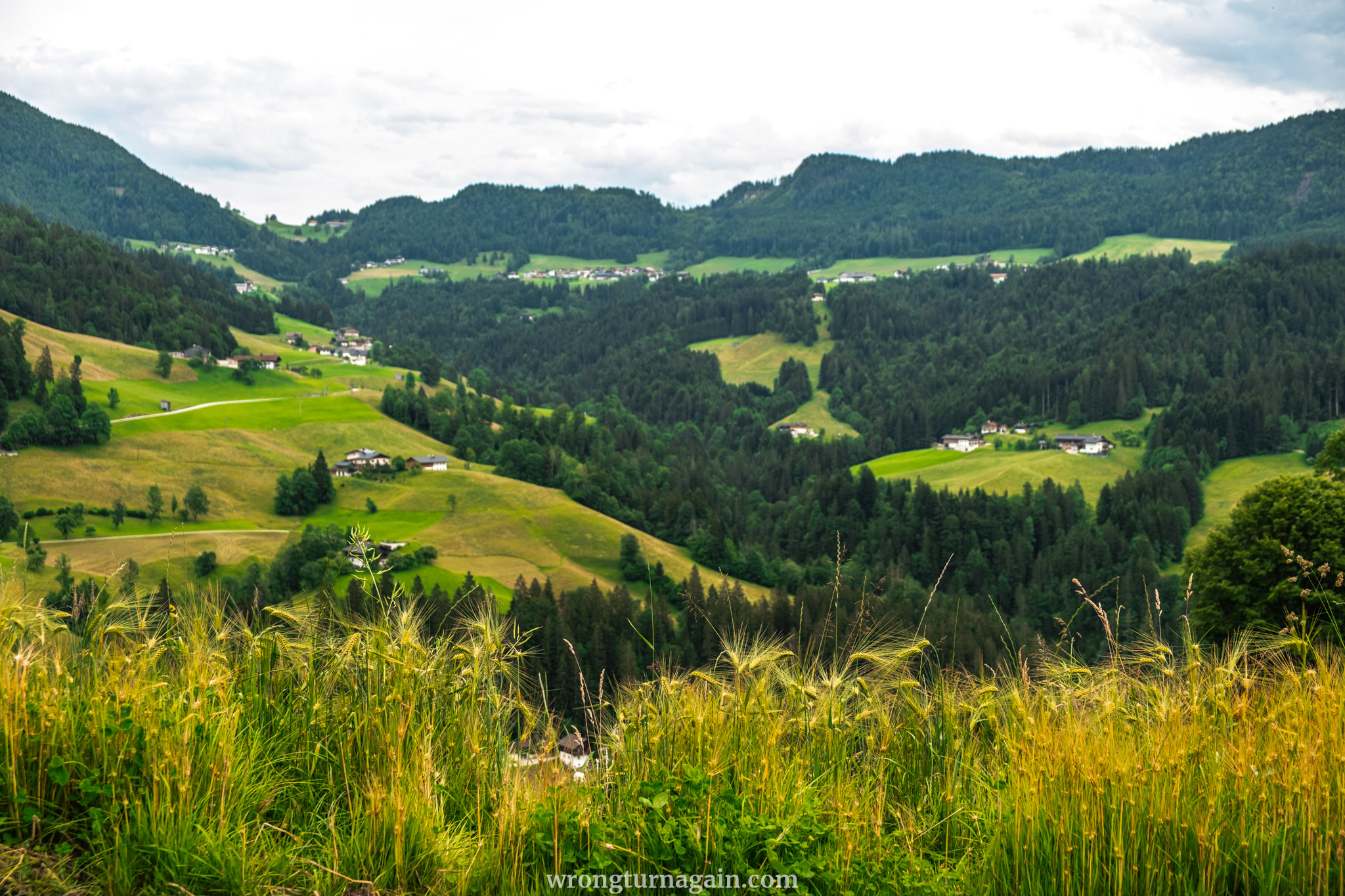
About 45 minutes into your hike, you’ll come to an intersection where you should follow signs directing you to Kaiserhaus. After approximately 450 meters, you’ll reach a bridge over the Ache, where a wooden fence on your right marks the trailhead.
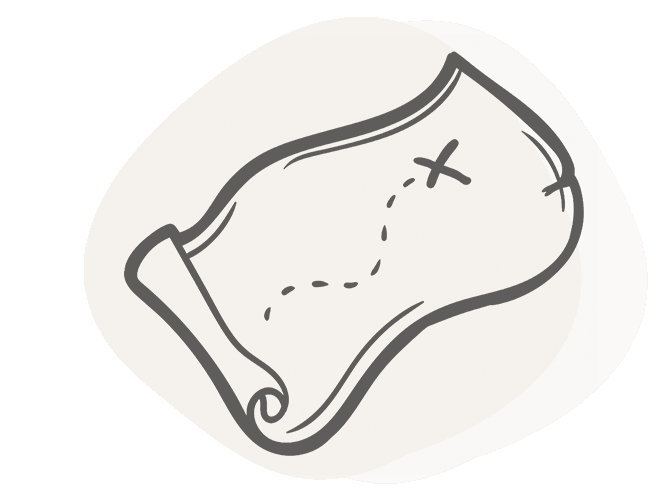
|| Distance: 3.5km || Time: 50min || Ascent: +45m

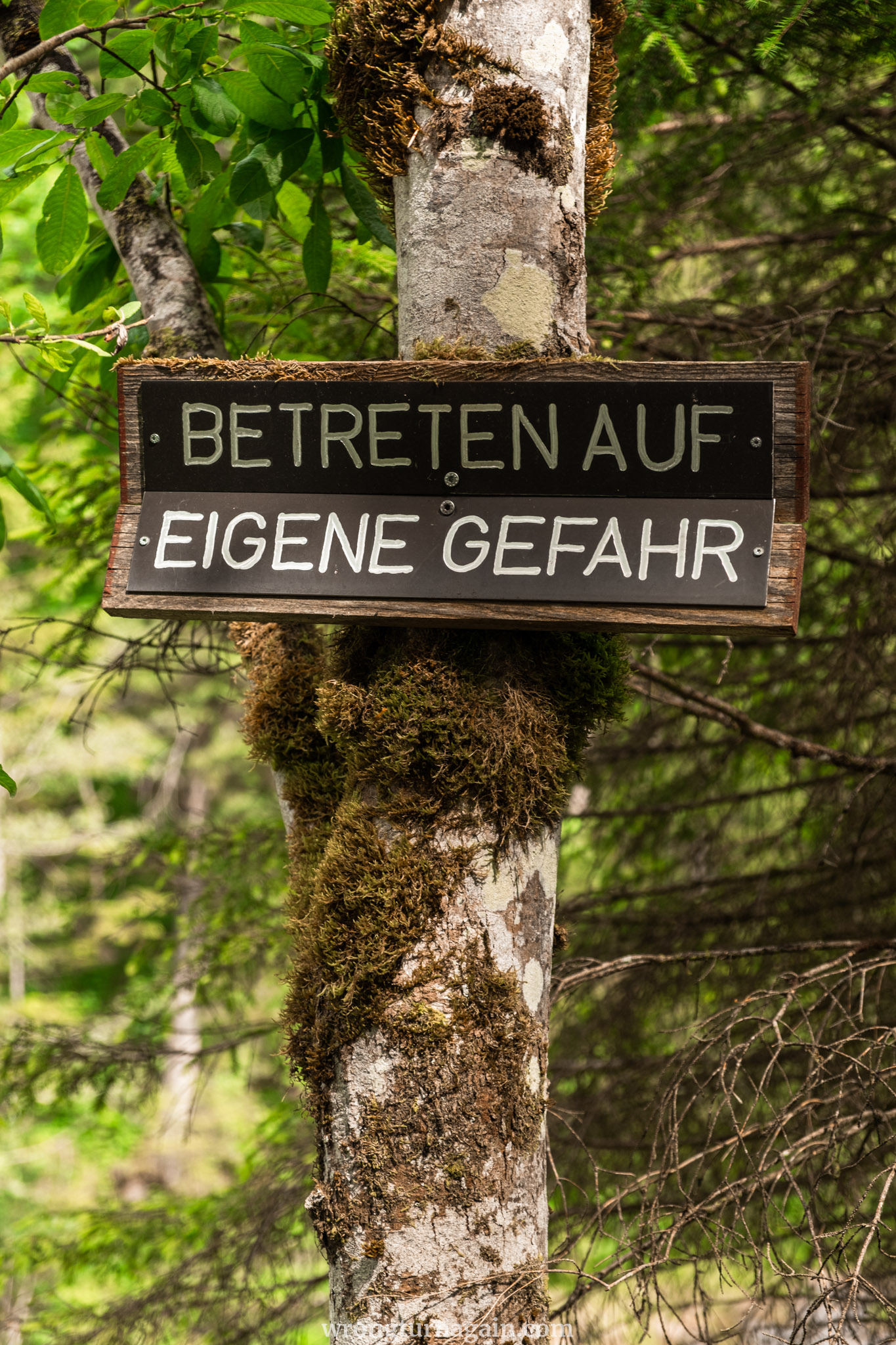
The Trail along the Gorge
Arriving by bus, you will be dropped off at the Kaiserhaus, while those traveling by car will find a parking lot about 100 meters further along. From the parking lot, follow the 200-meter forest path to your right, which leads to the gorge entrance. The path is unmistakable, and you’ll soon hear the rushing sound of water guiding you.
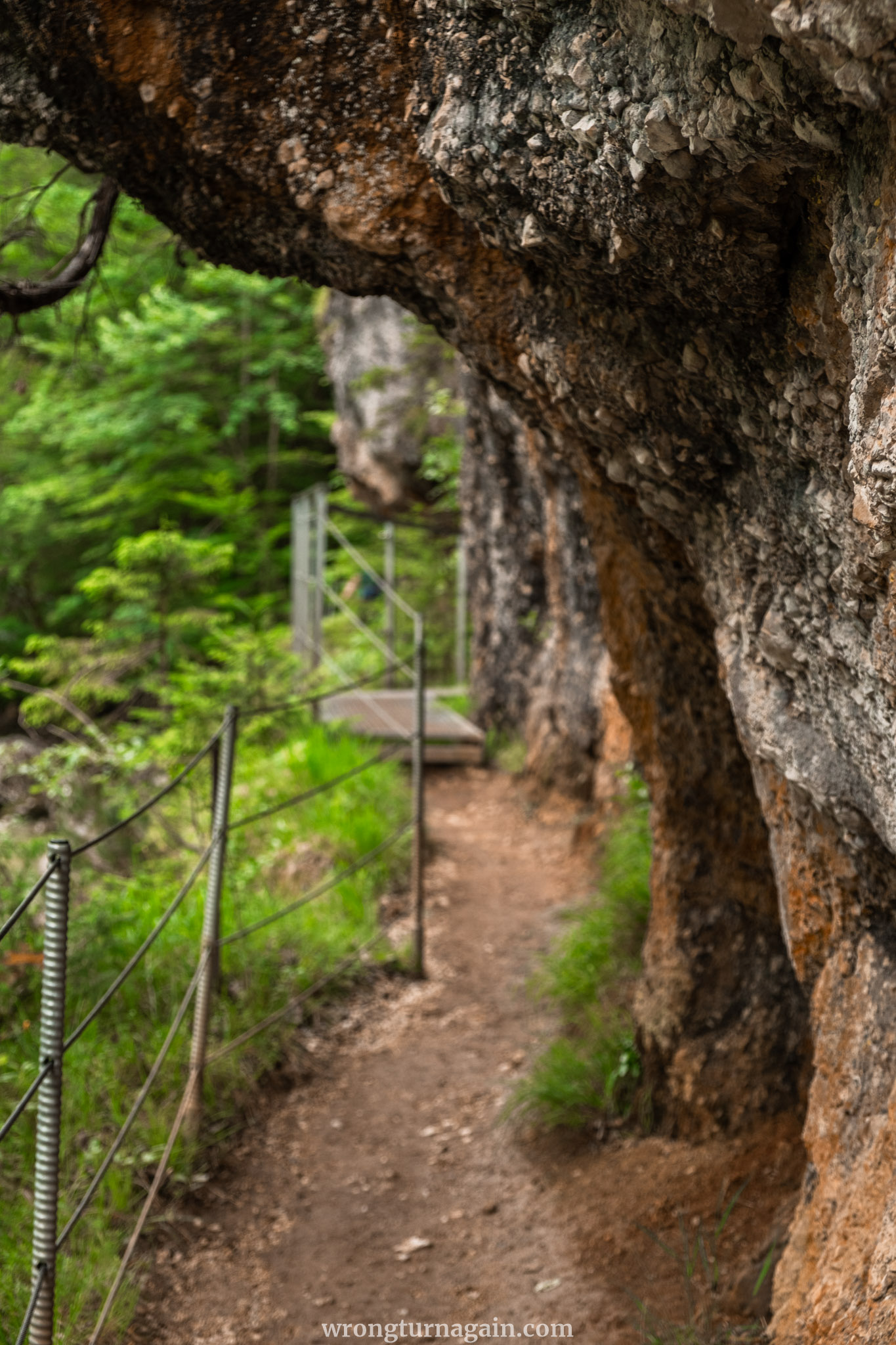
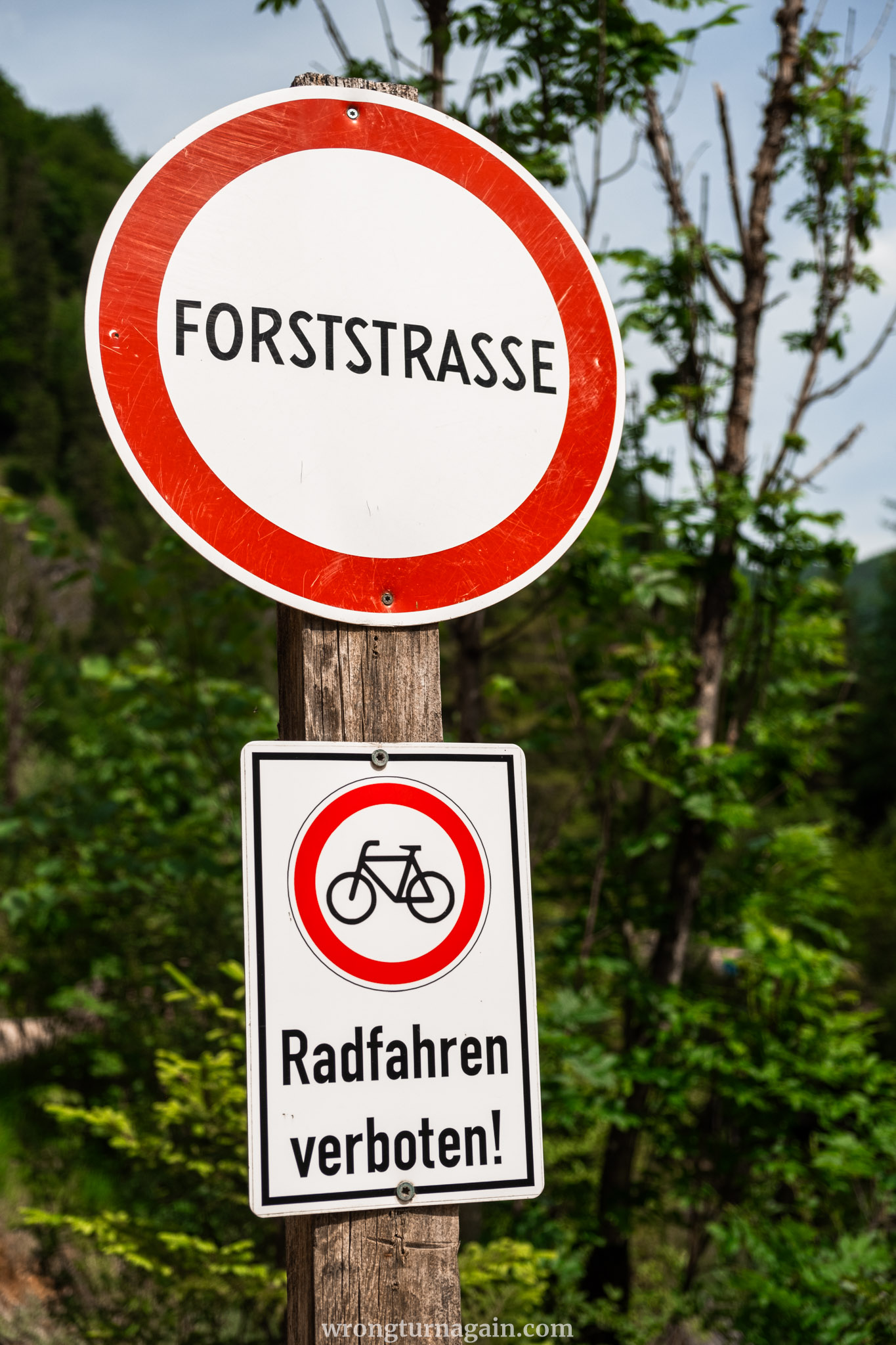
When the path ends you will encounter a bridge offering a breathtaking view of the gorge and its vibrant green waters. Do not cross this bridge; instead, stay on its left side and continue straight ahead through a wooden gate designed to prevent bikes, baby carriages, and livestock from entering or exiting. The hike along the gorge begins once you pass through it.
You’ll now embark on a narrow 1-kilometer trail known as “Triftsteig,” with towering rock walls on your left and the rushing waters of the Brandenberger Ache on your right. Throughout your hike, you will stay exclusively on the left side of the gorge, navigating a path secured with steel cables, railings, and bridges.
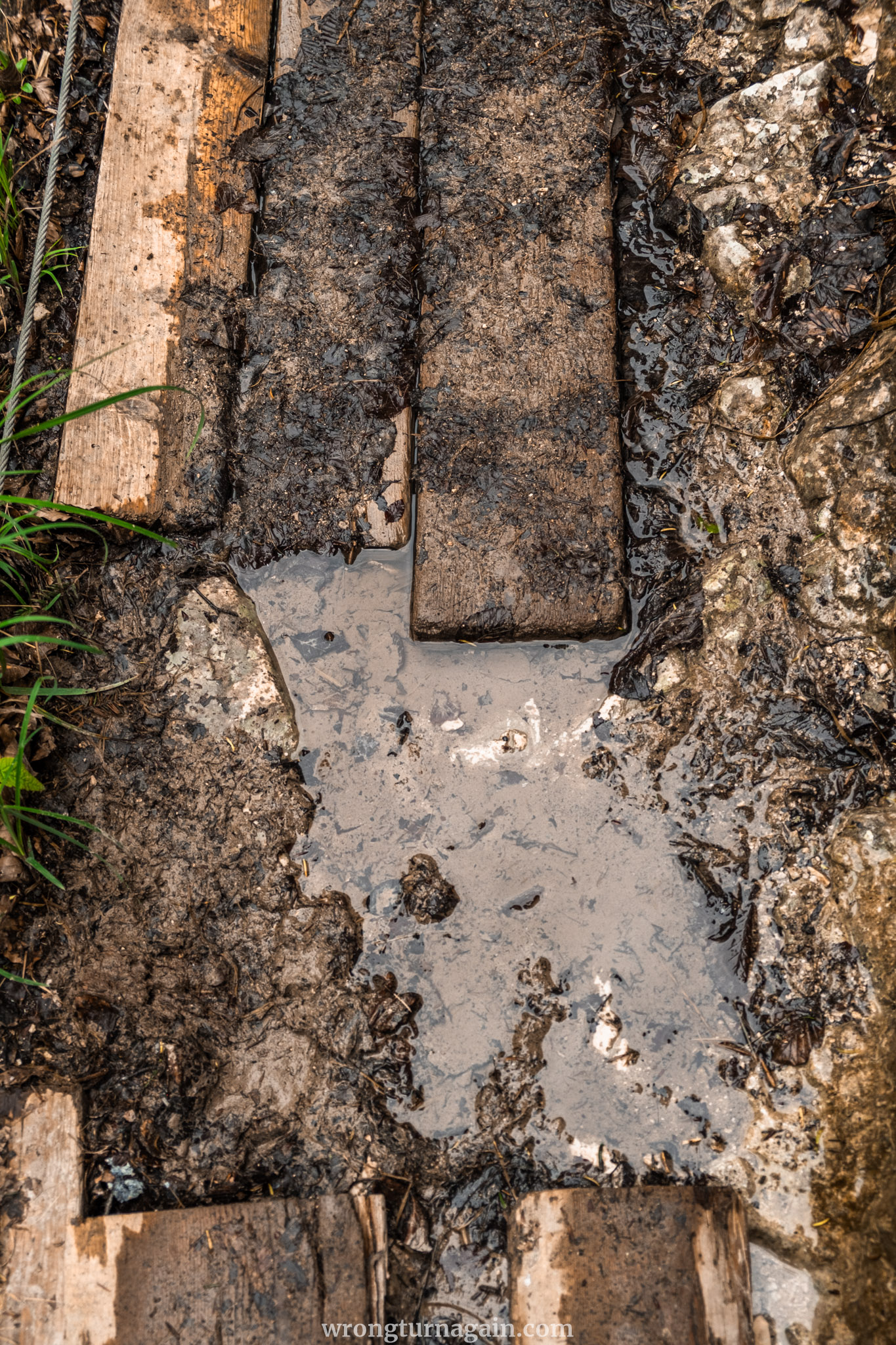

Tip: The path can be slippery due to the damp climate on the steep, sloping rocks, so wear good walking shoes and exercise caution. Safety harness rentals for children are available at the Gasthaus Kaiserhaus with a refundable deposit of €20,00.
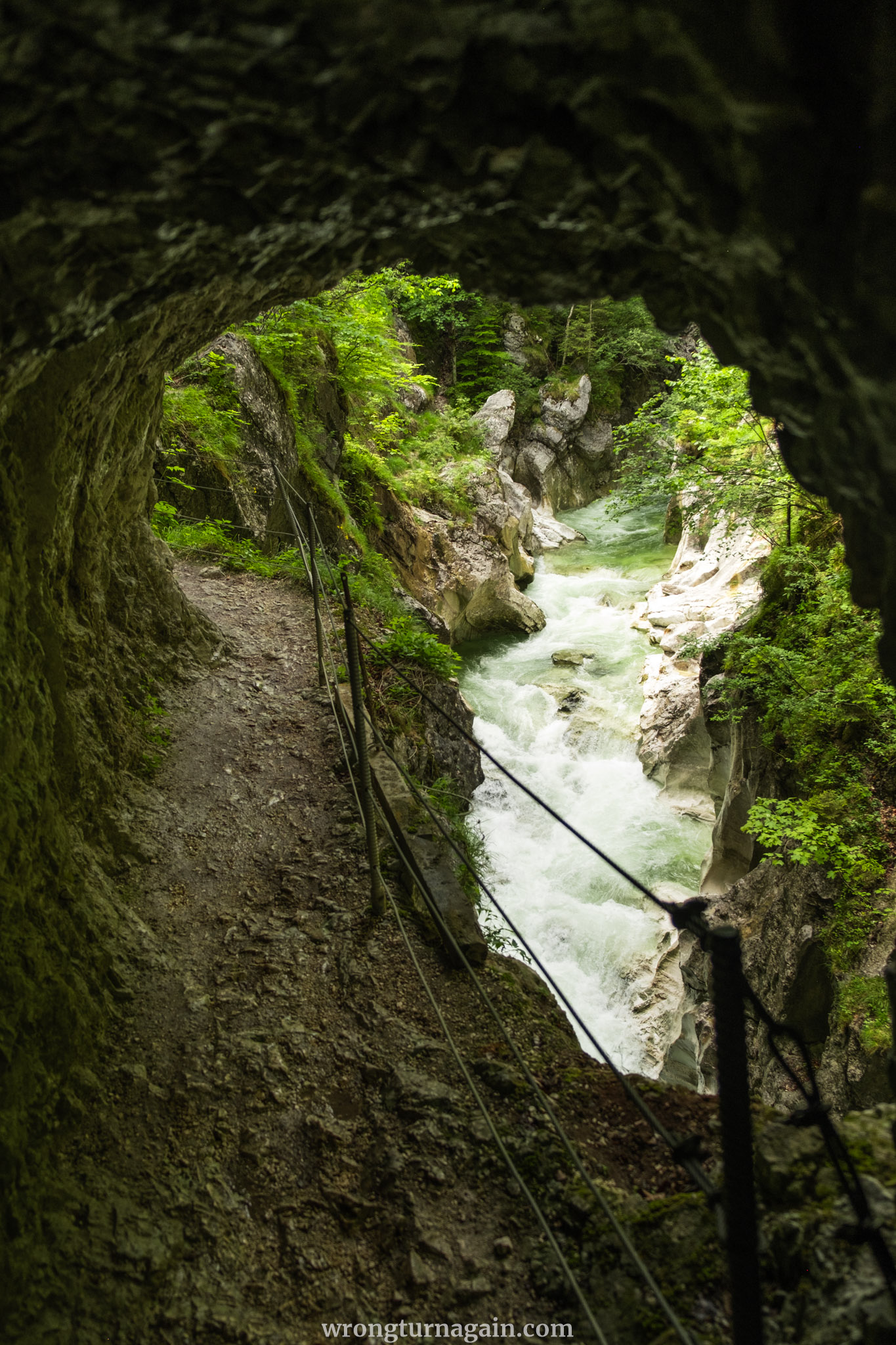
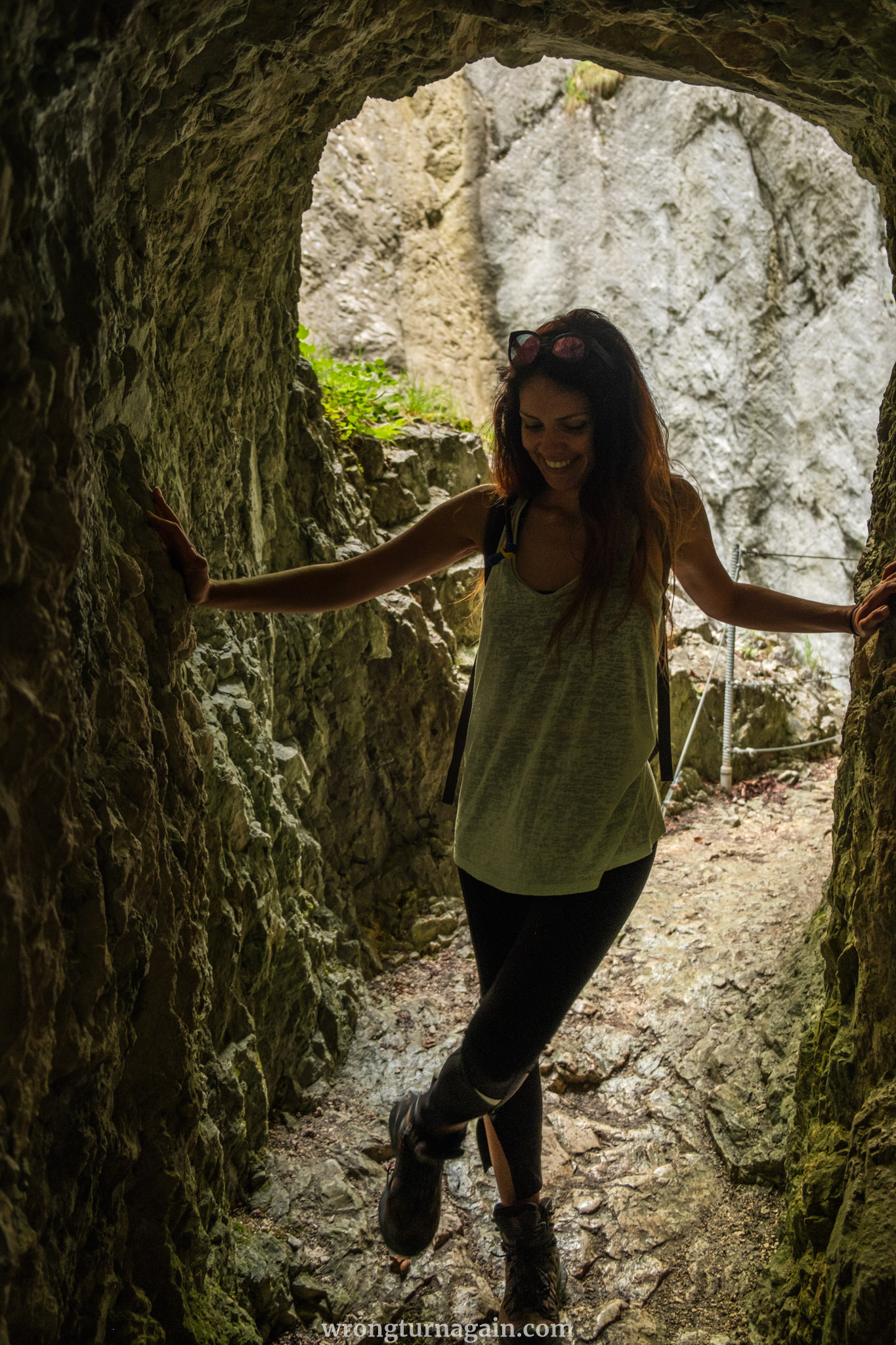
Initially, the view is limited, but after passing through a tunnel carved into the rocks, the vista dramatically opens up. Here, you can fully appreciate the gorge’s powerful waters and their vibrant hues of green and blue. As you continue, you’ll come across a cross on a rock, commemorating the gorge’s builder.
Towards the end, the path widens, the stream broadens, and the landscape mellows, culminating at the “Trauersteg,” a bridge over the Ache. This bridge marks the end of your hike unless you choose to extend your journey to Erherzog Johann Klause.

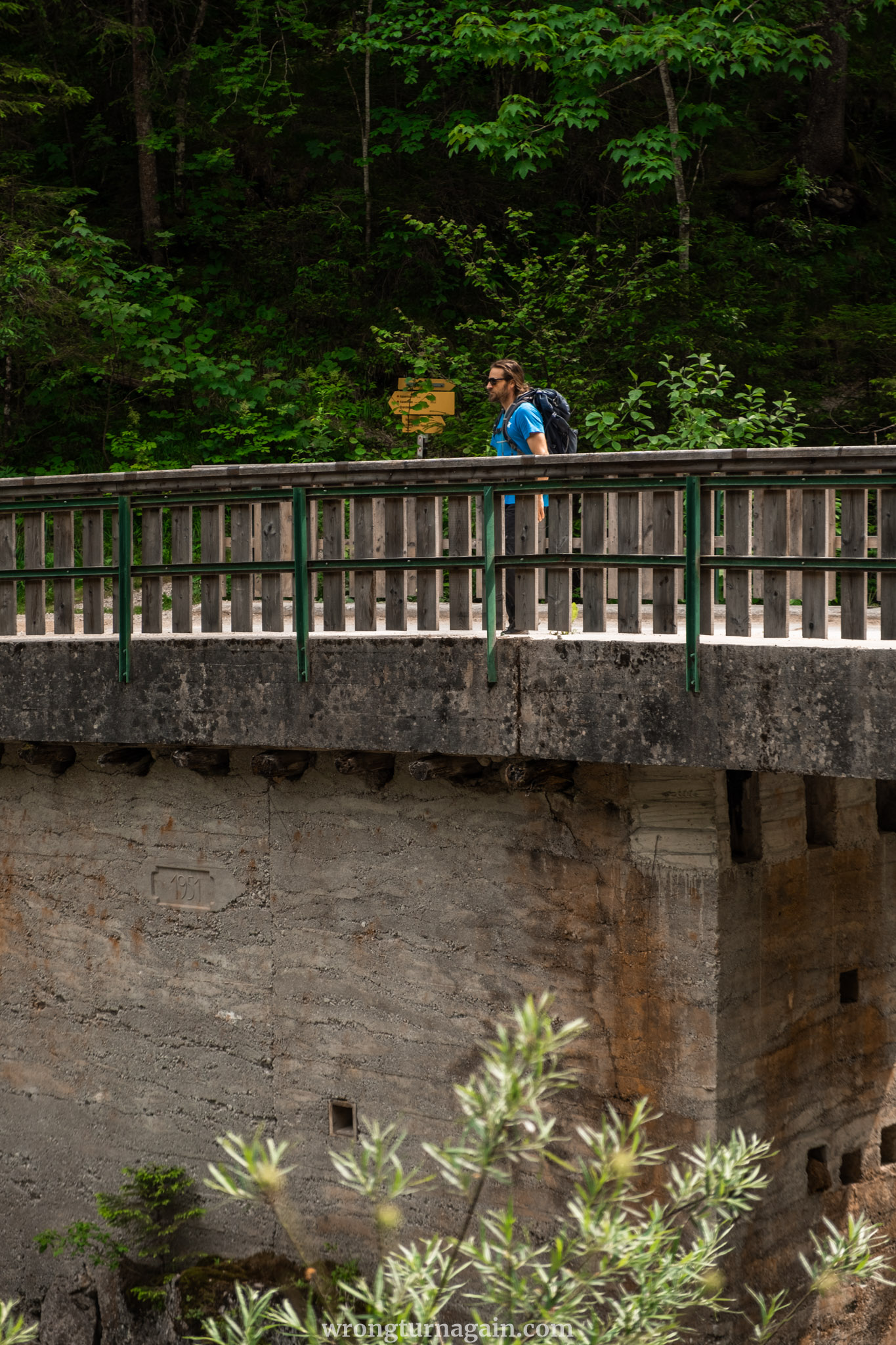

Detour to Erzherzog Johann Klause
For those seeking a longer hike, consider continuing to the Erzherzog-Johann-Klause snack bar. Named after Archduke John of Austria, this wood longwall construction was established in 1833 to replace a splash dam further north. It ceased operation around 60 years ago when log drifting on the Brandenberg Stream ended, and today it’s a popular spot for refreshments.
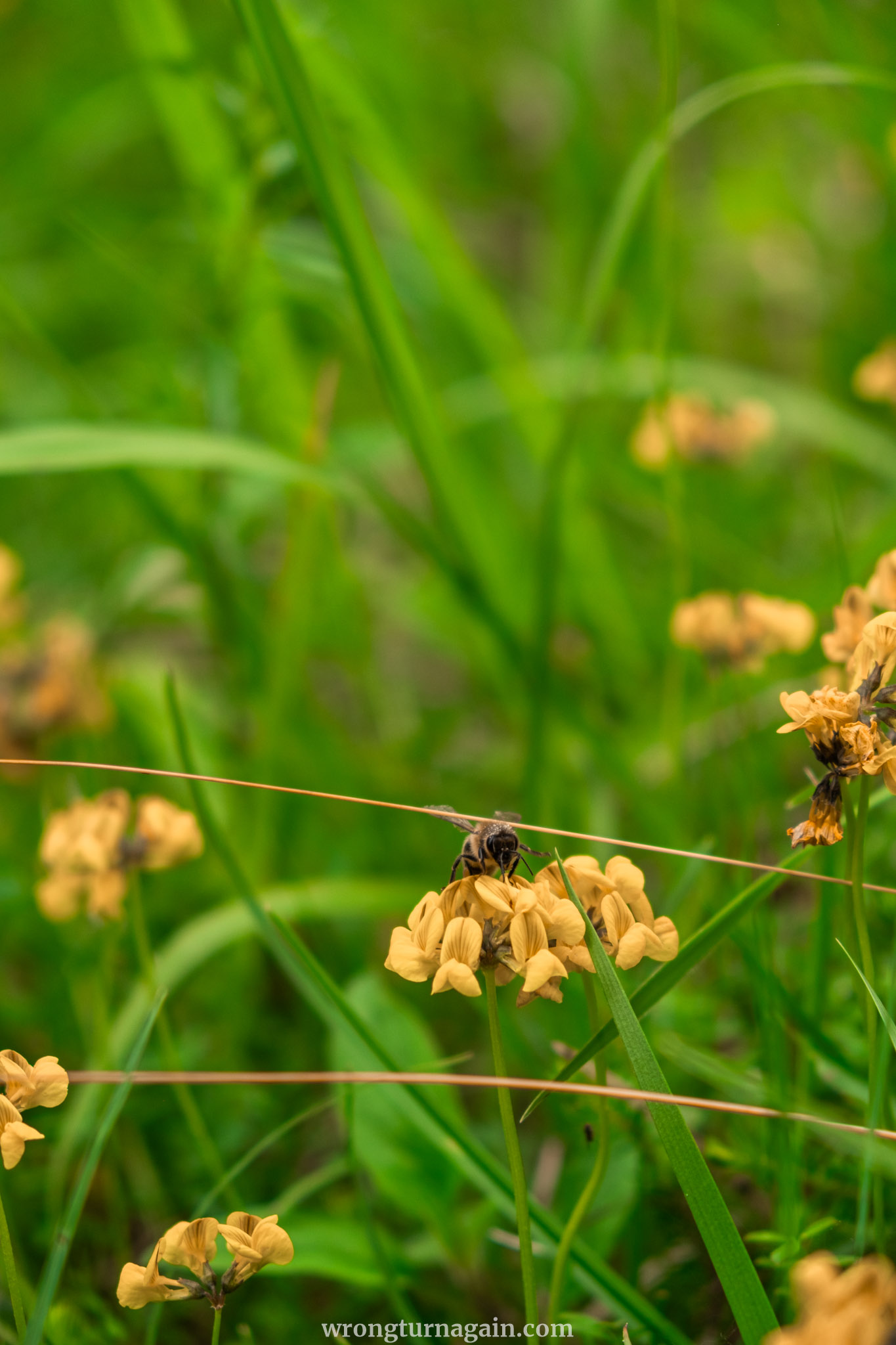
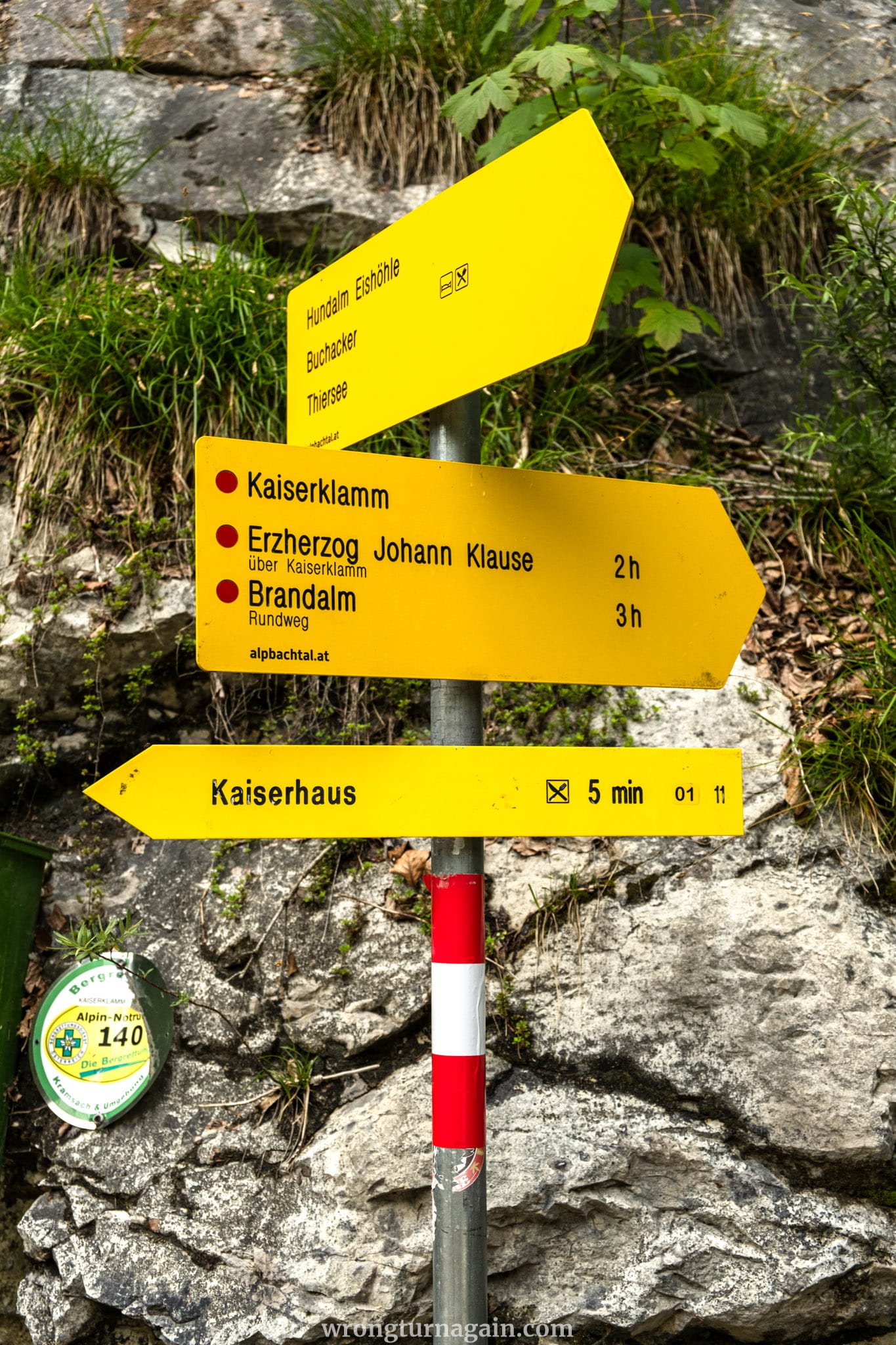
To reach the snack bar, cross the Trauersteg bridge and head west, turning left onto the forest path. Alternatively, follow the trail on the left side of the river, which eventually merges with the forest road. The valley gradually narrows, running alongside the water, passing pebble beaches and pools before reaching the former splash dam.
This route is a detour, so you have to return to the Trauersteg Bridge to get back to the trailhead. The one-way distance is 5km, taking a little over an hour to complete, with equal time needed for the return journey. The trail involves minimal elevation gain and is suitable for easy walking.
Note: This section is more recommended for e-bike or mountain bike travelers.

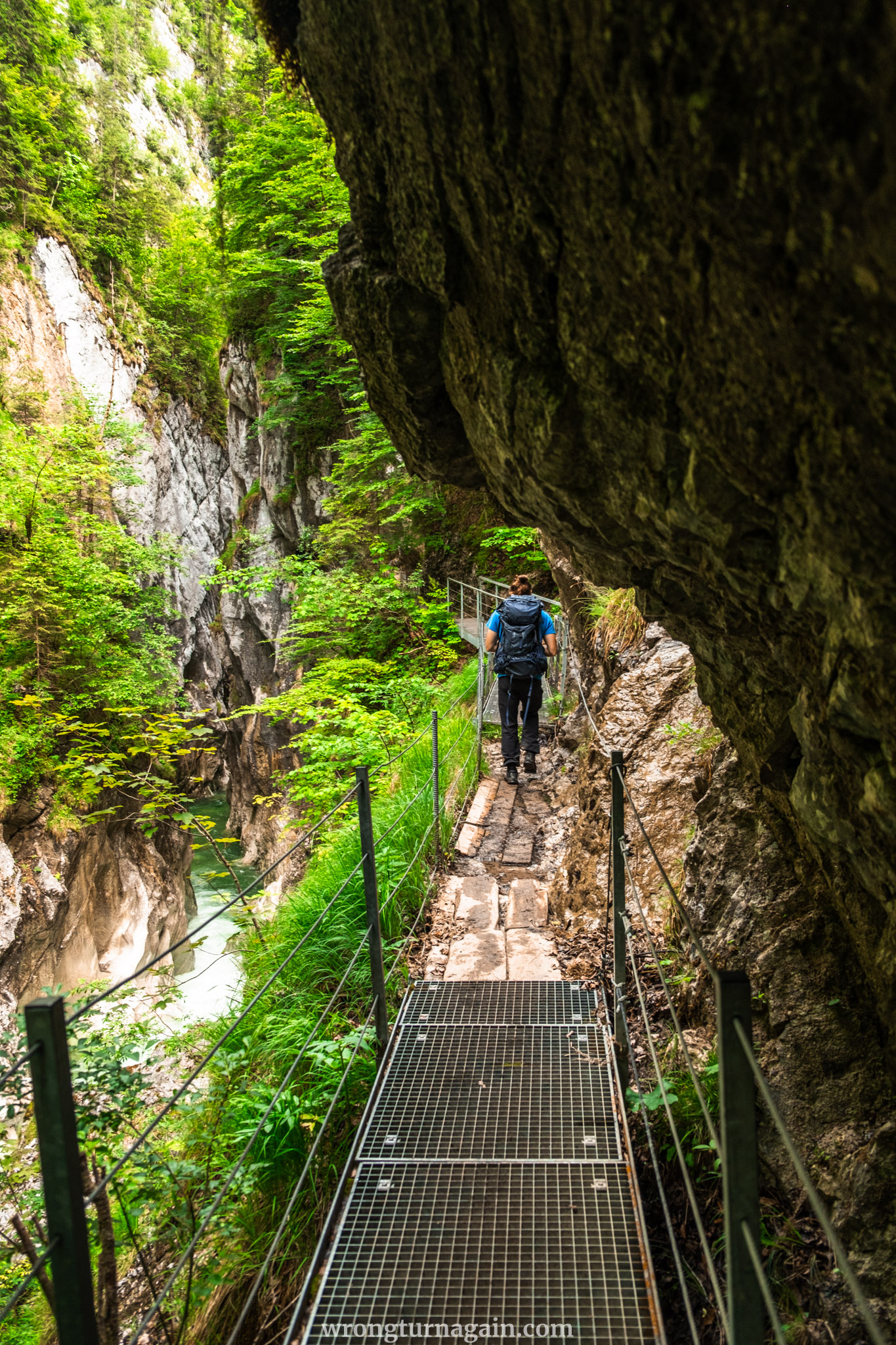
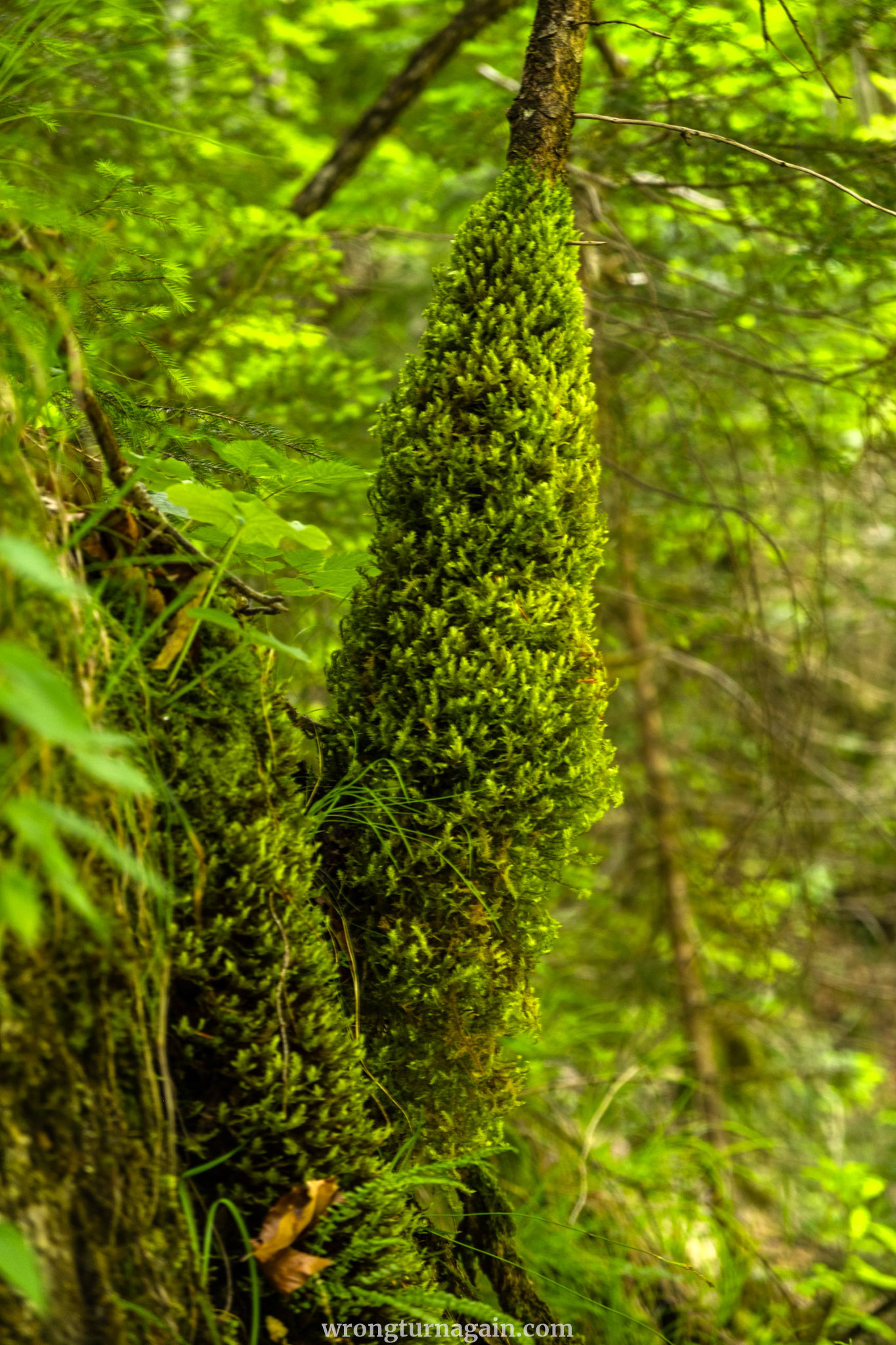
Taking the Way Back
Unless you’re opting to extend your journey with a detour to Erzherzog Johann Klause—or if you’ve already done so—once you reach the Trauersteg bridge, it’s time to return. You have the following three choices for your route back:
- Retrace your Steps: Follow the same path back through the gorge to the trailhead.
- Return via the Forest Path (2.5km, 45min, +60m): From the bridge, briefly follow the familiar path along the river. At the Y-junction, veer onto the forest path that leads through the valley, providing a leisurely hike back to the starting point.
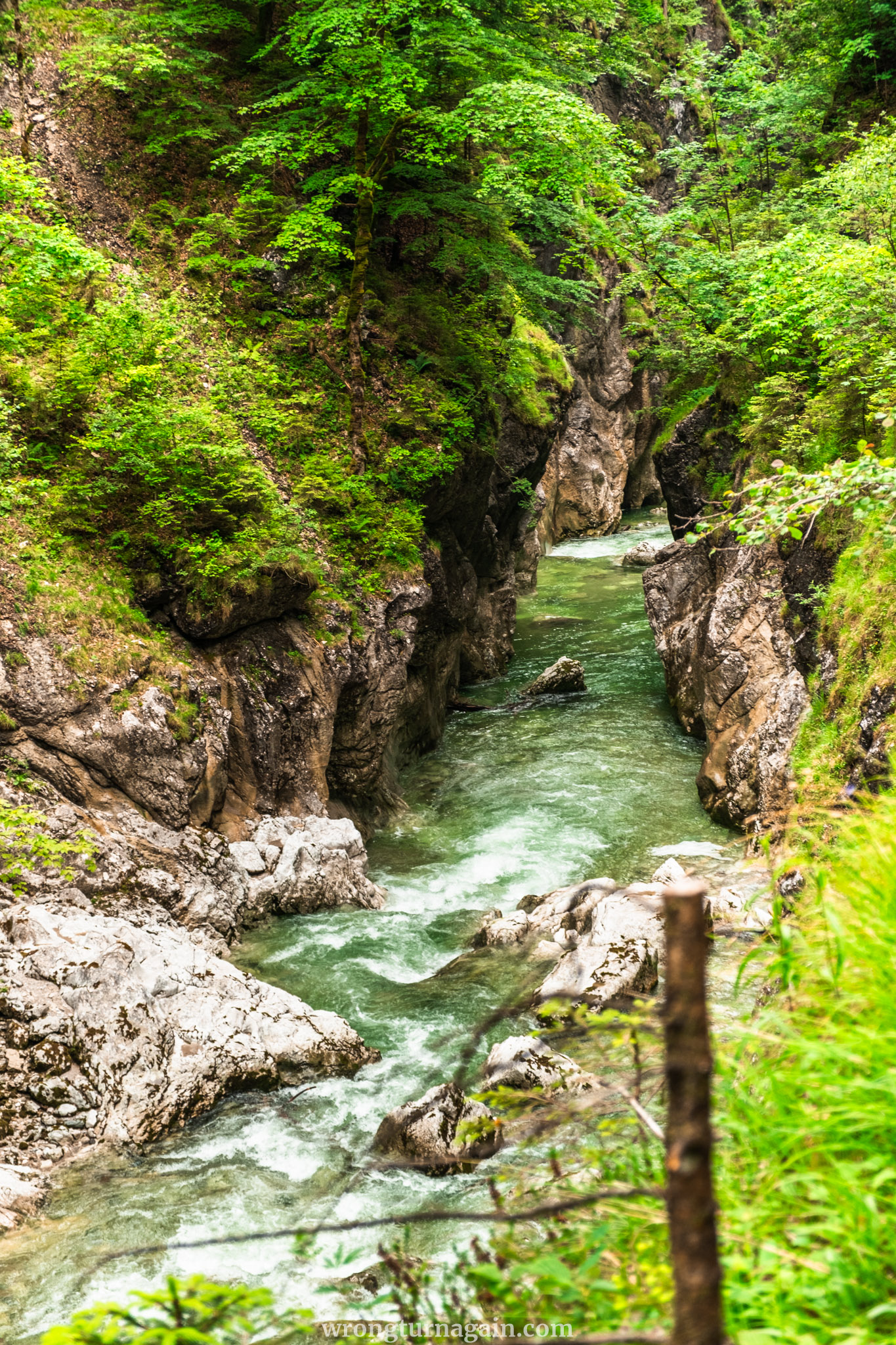

- Return via the Brandalm (4.7km, 1h 30min, +130m): Cross the bridge and turn right onto the forest path signposted for Brandalm. Ascend through the forest until you reach the expansive alpine pastures of Brandalm (871m). Follow the forest road, keeping right at intersections until you reach the bridge at the gorge entrance, a short 5-minute walk from Kaiserhaus.
Tip: Brandalm hosts a significant variety of butterfly species, with over 800 identified. Keep your eyes peeled, especially from mid-June to mid-August!

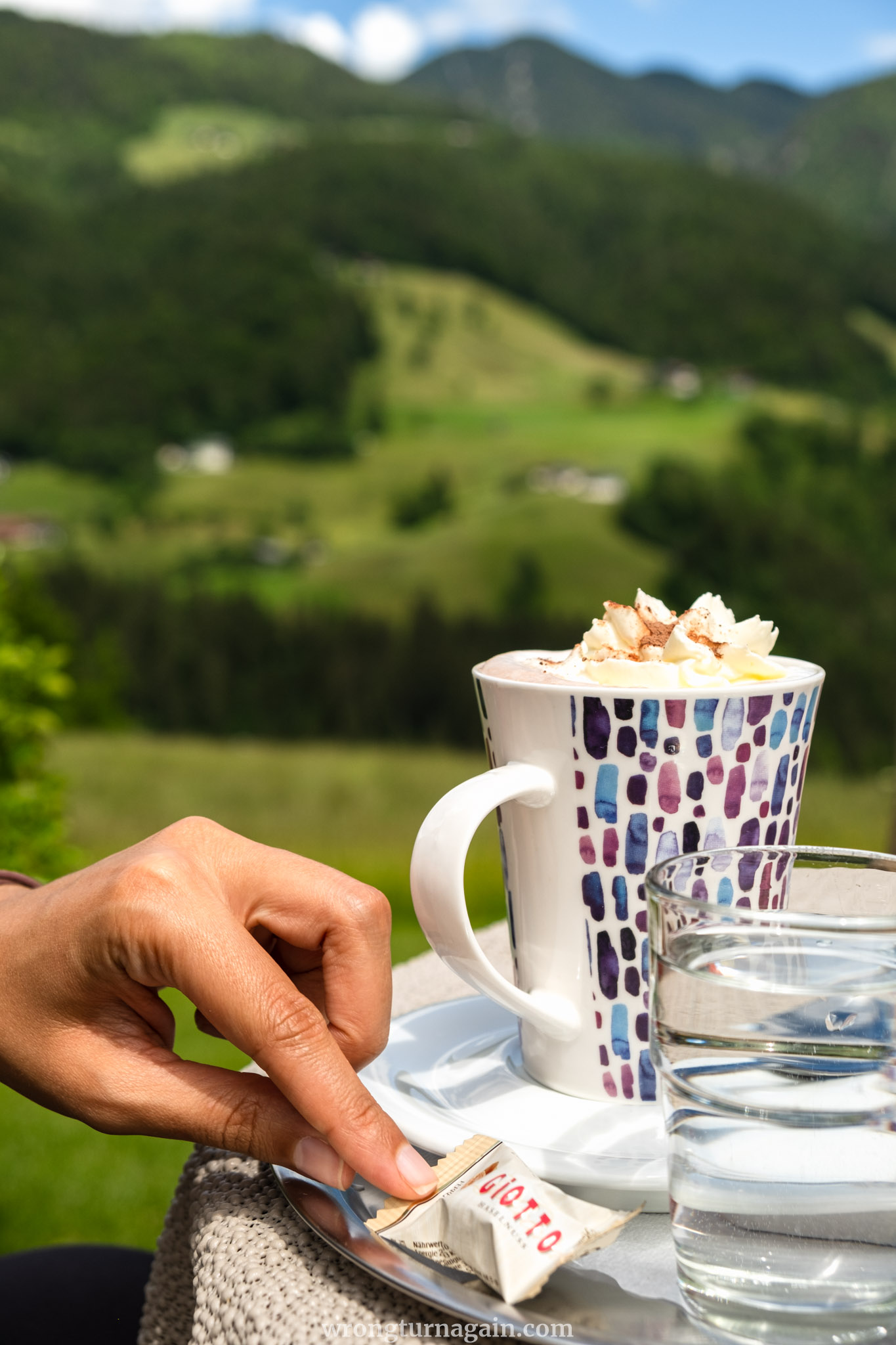
Where to Eat
Our top recommendation for a food stop is the Kaiserhaus, conveniently located at the start/end of your hike. Just remember to bring cash as they do not accept card payments. This traditional inn offers local dishes served on an outdoor terrace, but its standout specialty is the Prügeltorte.
Prügeltorte, prepared for generations as a festive pastry for family celebrations such as weddings or christenings, is a type of “tree cake” made from equal parts sugar, flour, eggs, and butter. What distinguishes it is its unique baking method: a wooden roller is placed over an open fire, rotated slowly by hand, while layers of batter are applied one by one and baked until golden brown. Patience is key, as the baking process takes more than an hour. If you’re lucky, your visit may coincide with a baking demonstration!
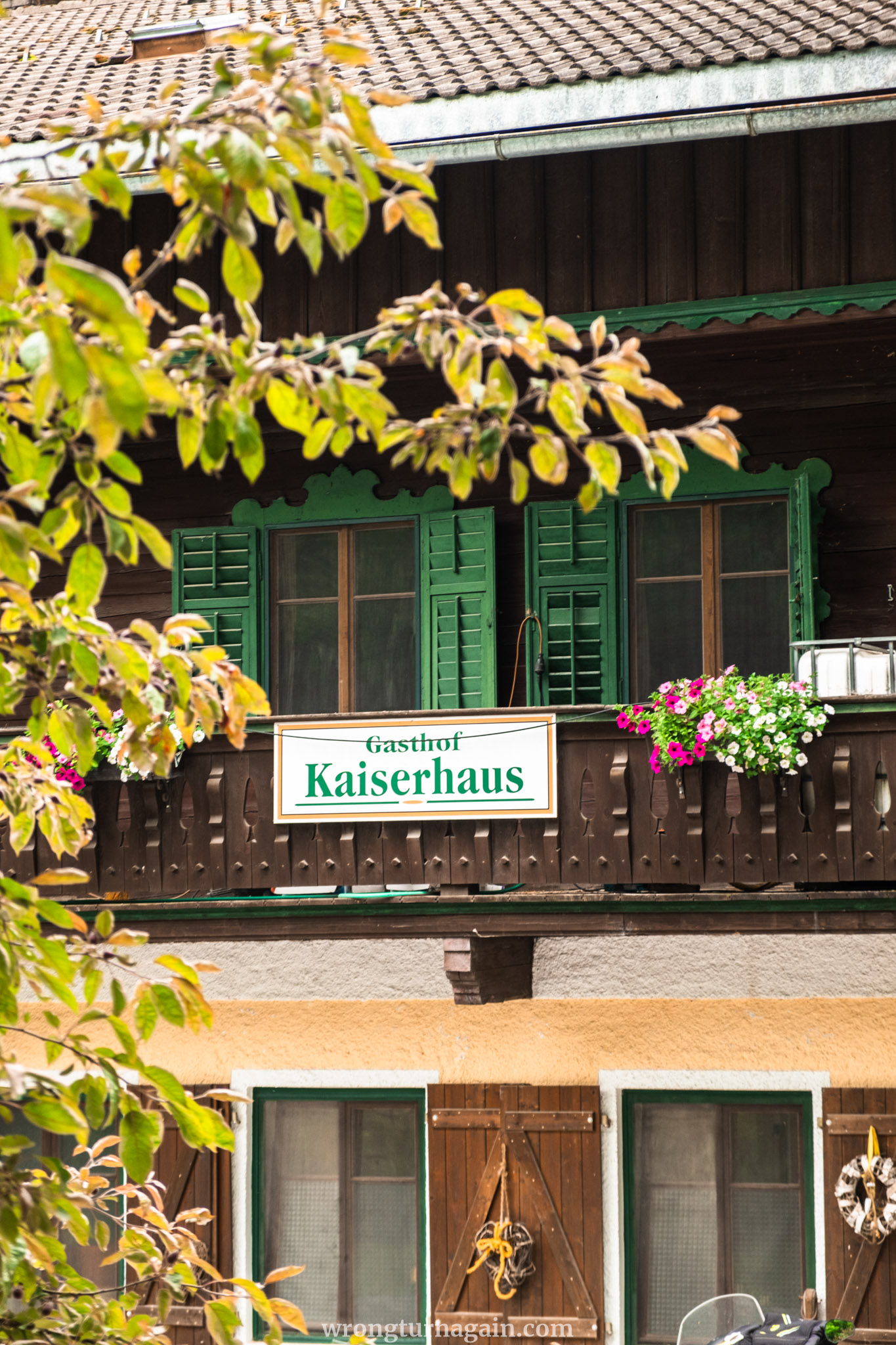
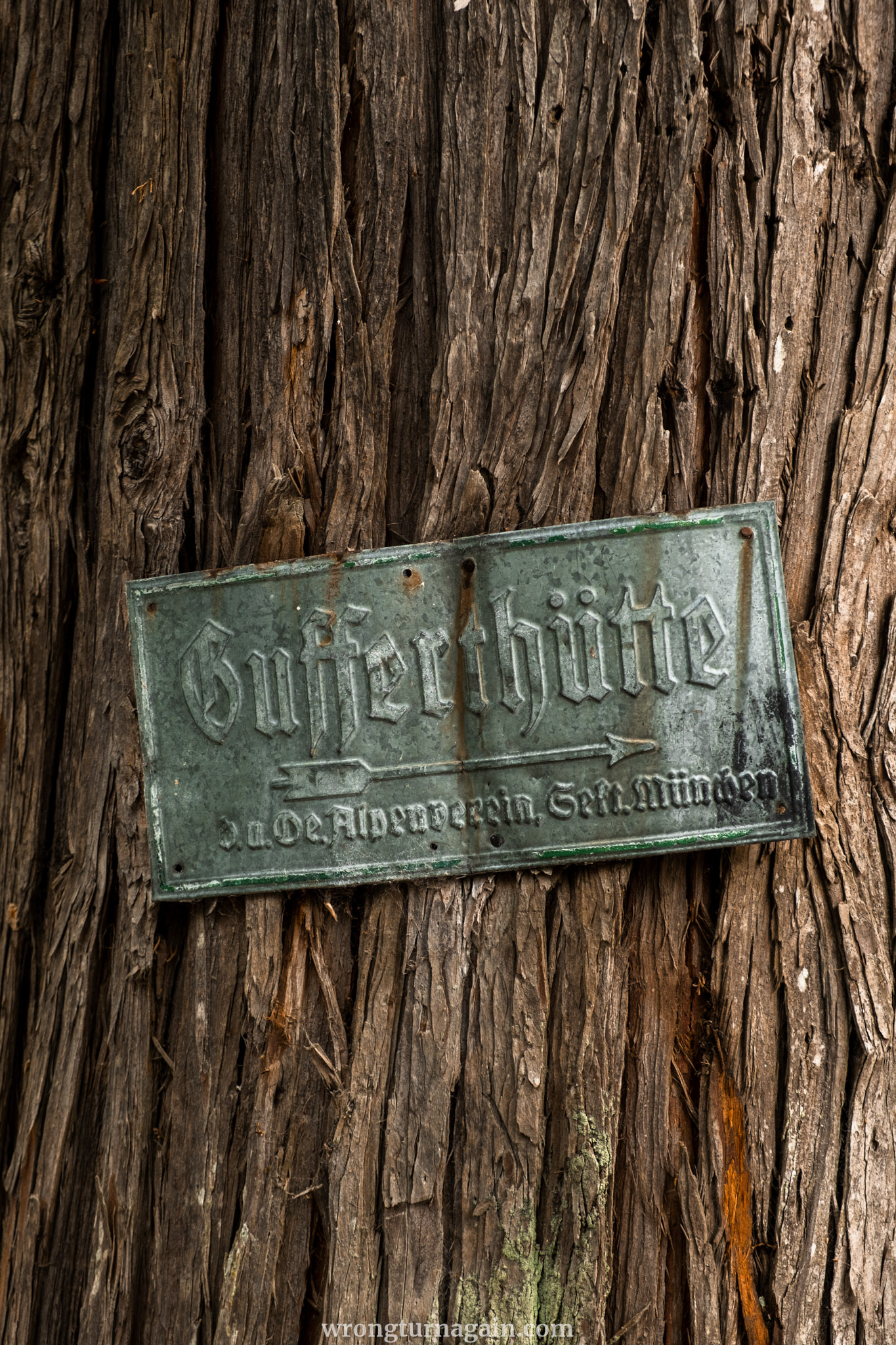

Did you know? This type of spit cake dates back to ancient Greece, known then as “Obelias Artos”. Today, similar tree cakes are known as sękacz in Poland, šakotis in Lithuania, and bankucha in Belarus.
Apart from the Kaiserhaus, there are no other food options within walking distance, unless you detour to the Jausenstation Erzherzog-Johann Klause. Alternatively, you can stop at the Jausenstation Stegerstall on your way back to Kramsach or dine at the Gasthaus Mariathal in Kramsach.

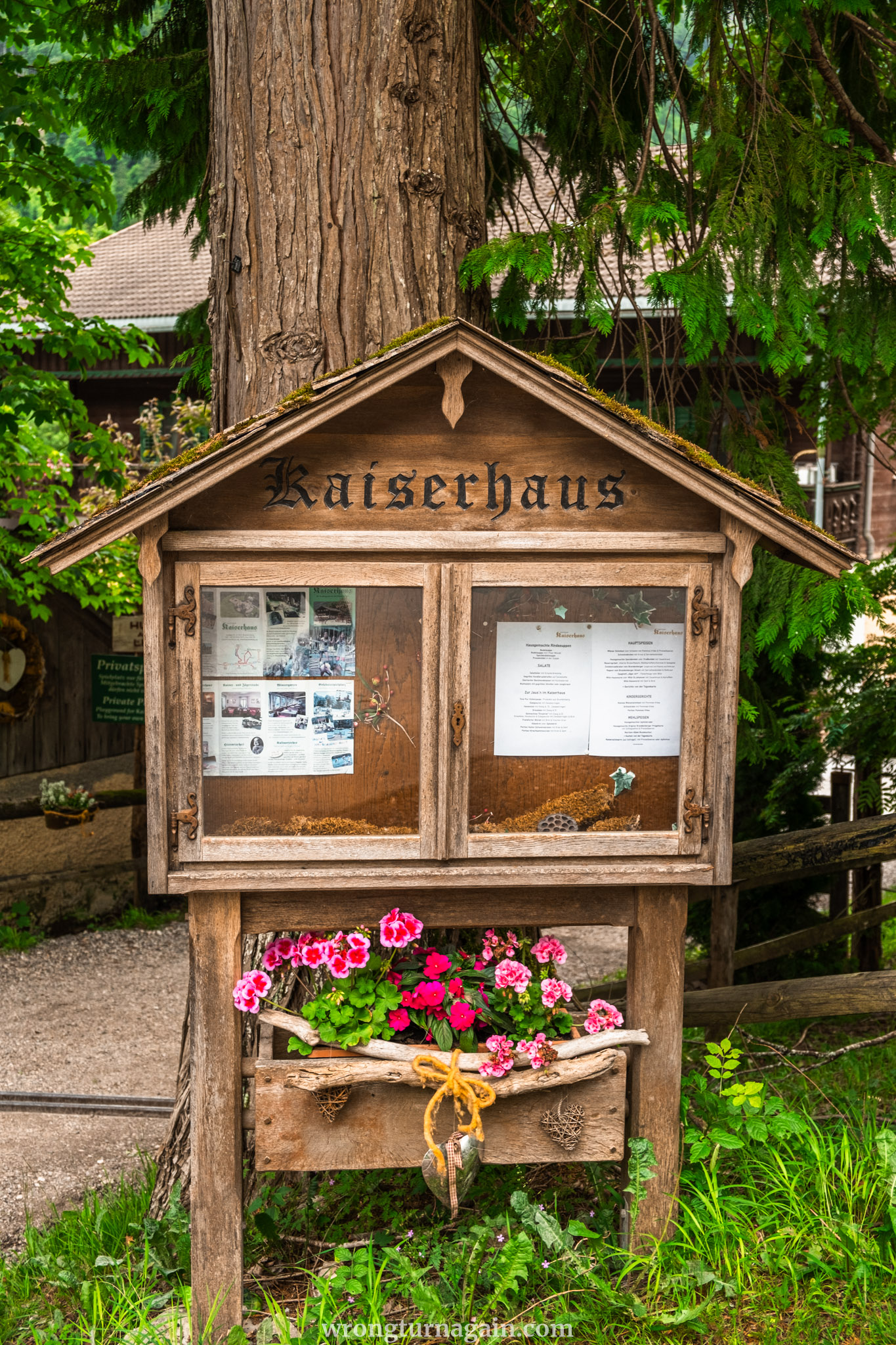

Where to Stay near the Kaiserklamm
If you prefer lodging right next to the gorge, consider the 500-year-old Kaiserhaus, which offers overnight accommodation upon request during the gorge-opening season (May to October). This historic inn has hosted famous guests including Emperor Franz Joseph and his wife Sissi; you can even ask to stay in her room! In fact, the guest house’s name translates to “Emperor’s House” in honor of its prestigious guest.
Another nearby option is staying in the village of Brandenberg, while several guest houses are also scattered along the path to the gorge. For more amenities and dining choices, however, Kramsach is your best bet.
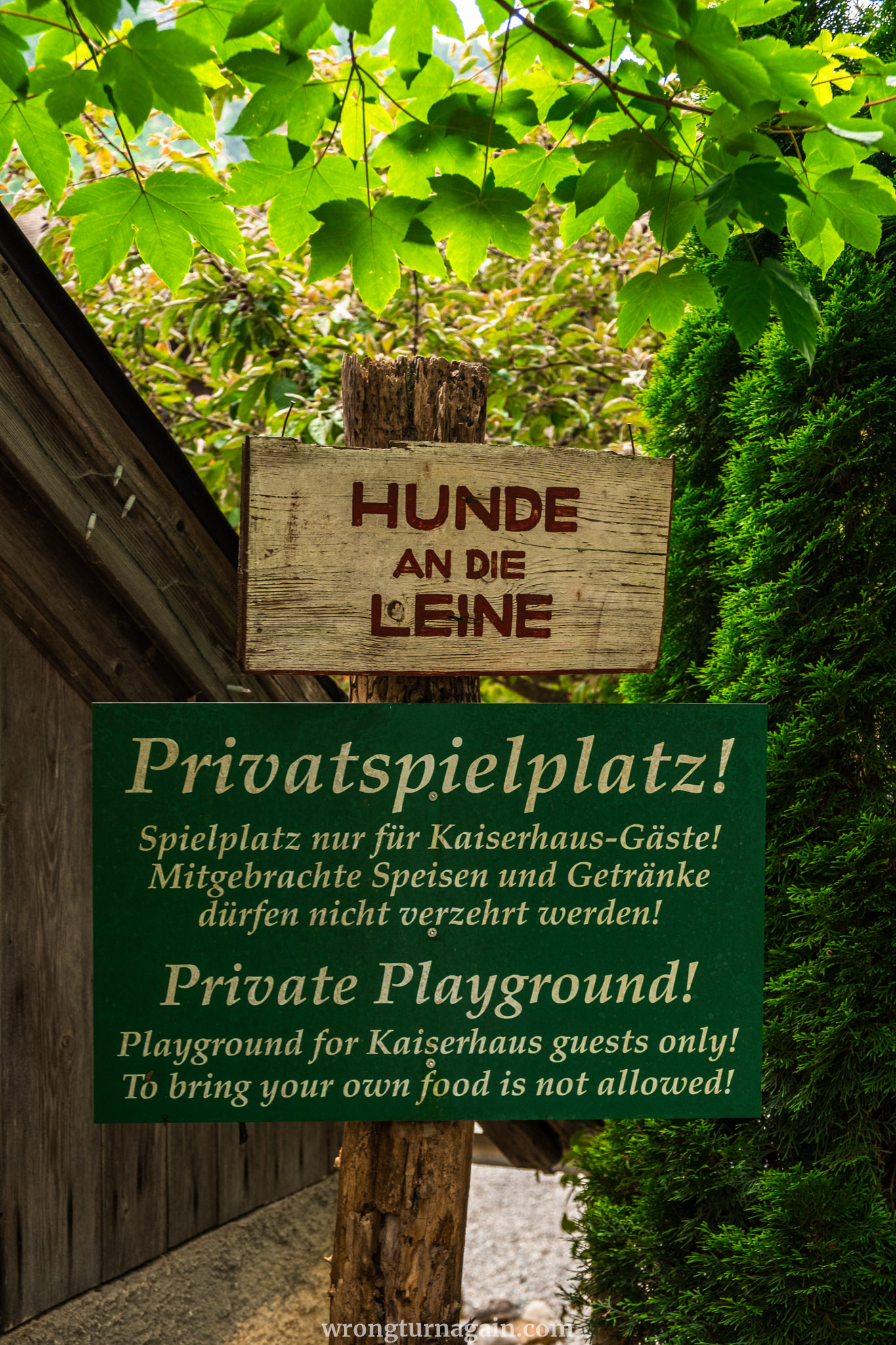
Tip: Opting to stay in any of the Alpbachtal villages includes the advantage of receiving the Alpbachtal Card at check-in, providing free bus rides, and other perks.

Accommodation: Kaiserhaus, Kaiserklamm ~ Gwercherwirt, Pinegg ~ Gasthaus Jodlerwirt, Aschau || In Brandenberg: Hotel Neuwirt, Gasthof Ascherwirt, Mesnerhof || In Kramsach: Hotel Landgasthof Gappen, Freundsheimhof, Windhaghof, Seen Camping Stadlerhof

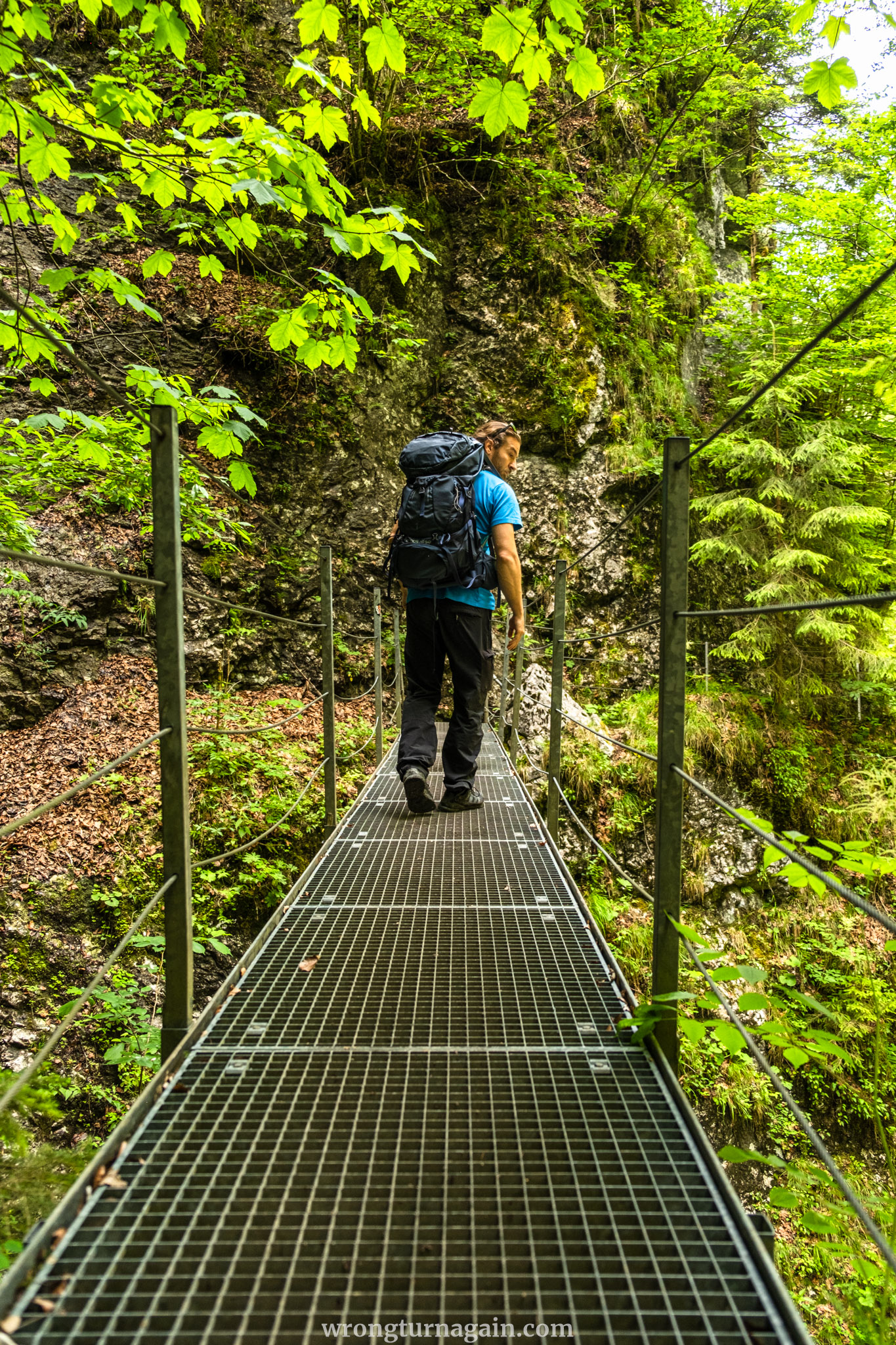
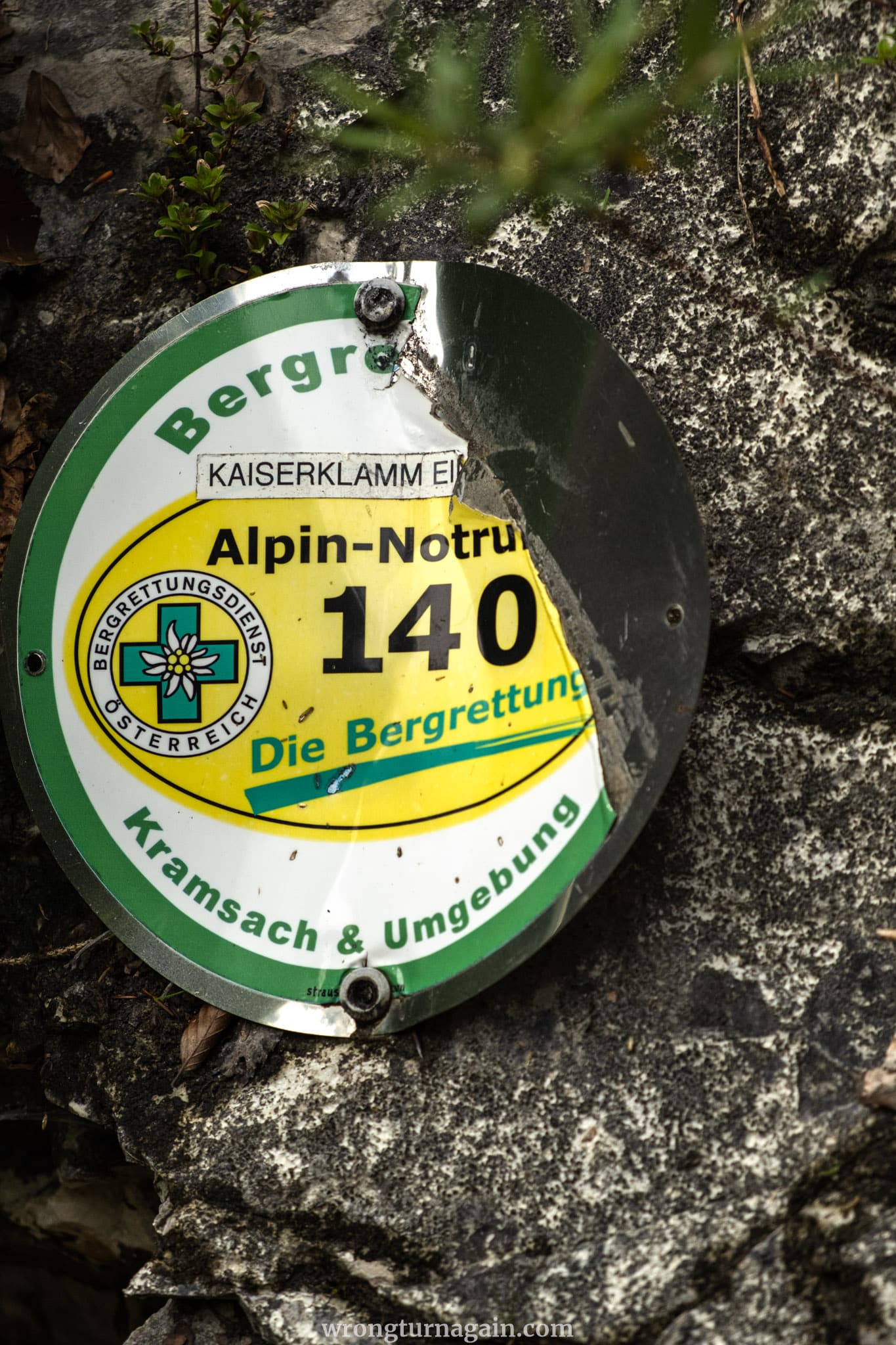
When to Visit the Kaiserklamm
Although you can get a first glimpse of the Kaiser Gorge from the trailhead year-round, access to the trail that passes through it is restricted out of season. Maintained by the local tourism association, this trail is closed from November to April due to potential winter hazards. Frost during the colder months can loosen stones from the rocks, causing loose material to fall onto the path.
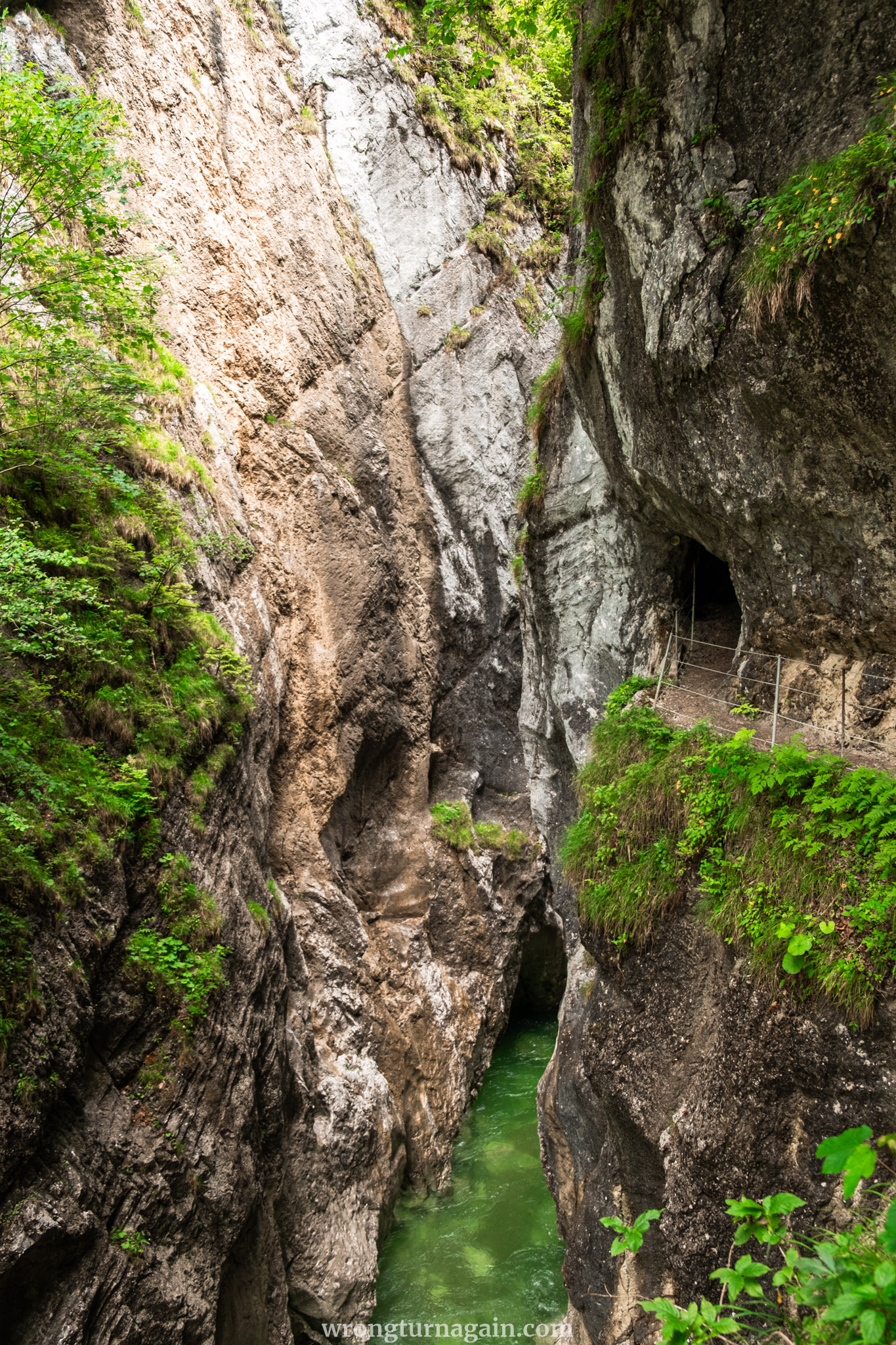
Therefore, the secured trail through the gorge is officially open from May to October. However, be aware that heavy rainfall during the summer can lead to temporary closures, as rapidly rising water levels and storms may affect trail safety.

Tip: Check here for events during your visit, such as the Almabtrieb, the annual Kirchtag fair, or organized hikes.